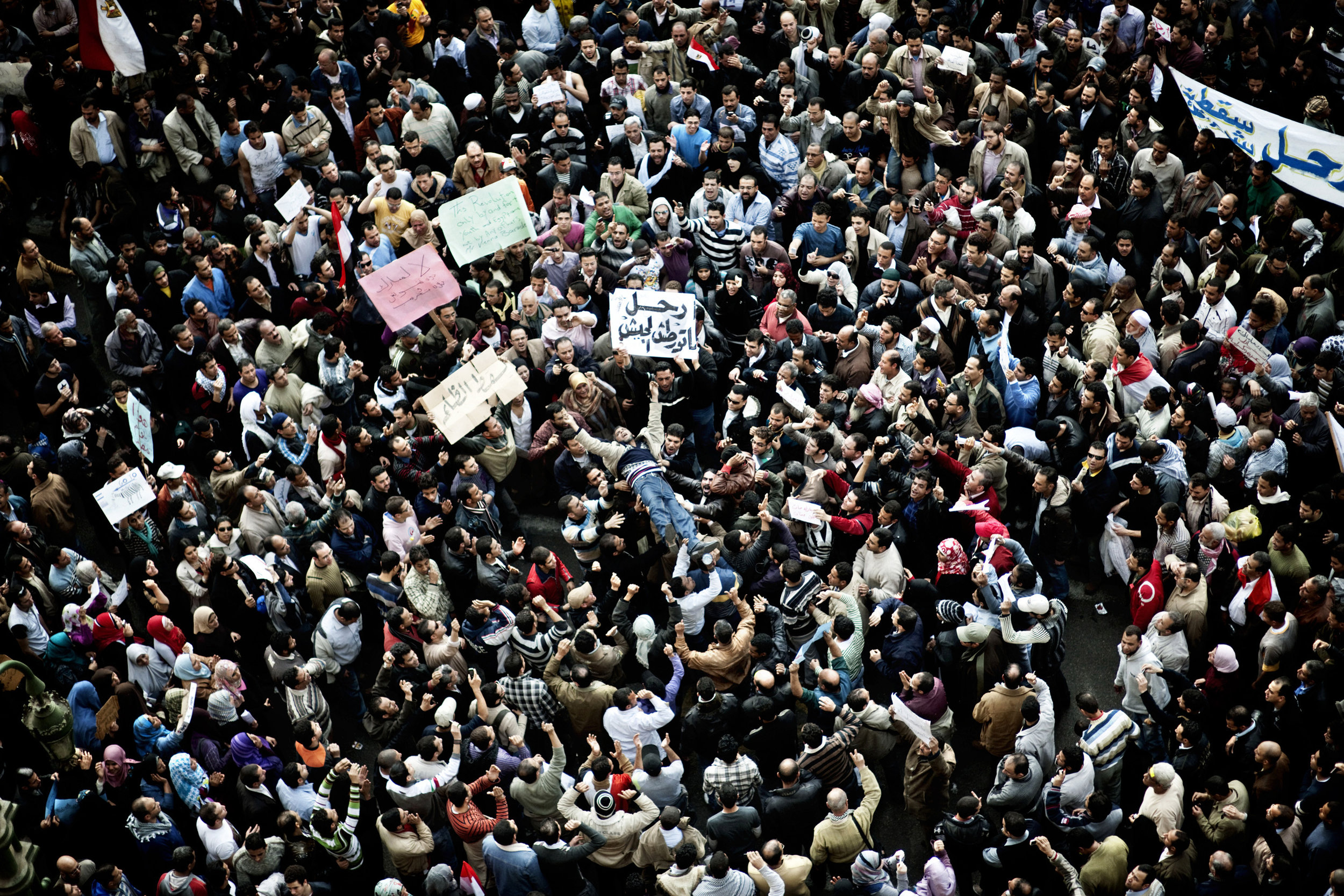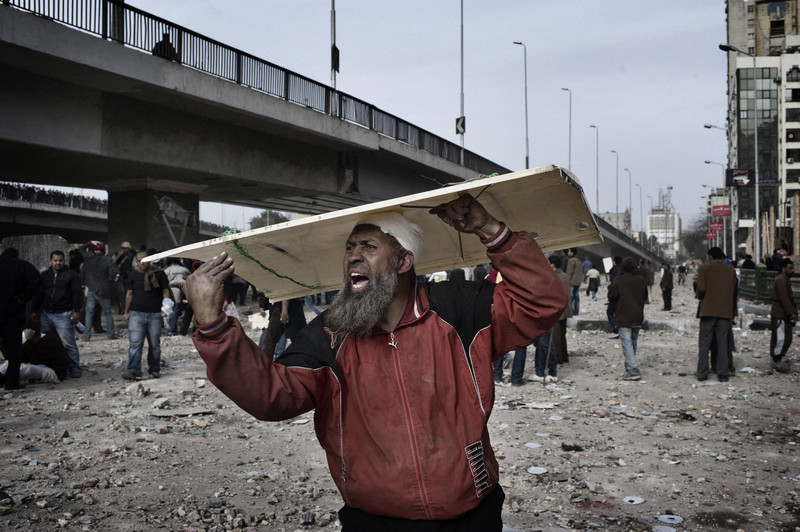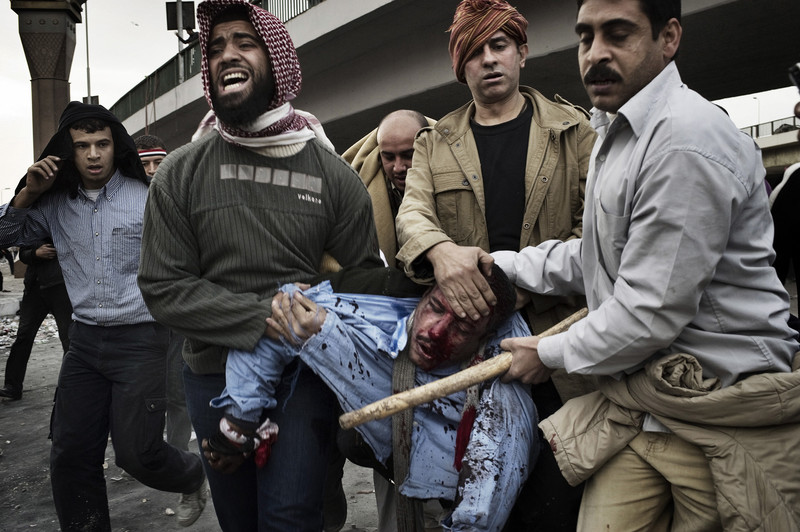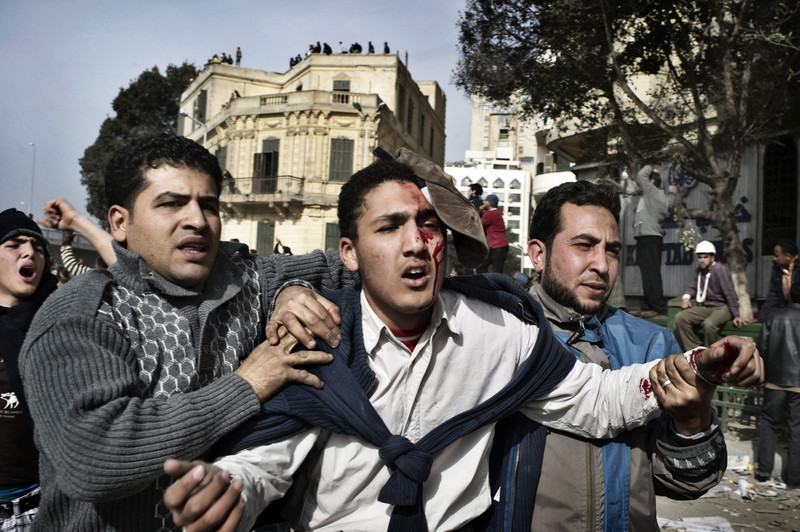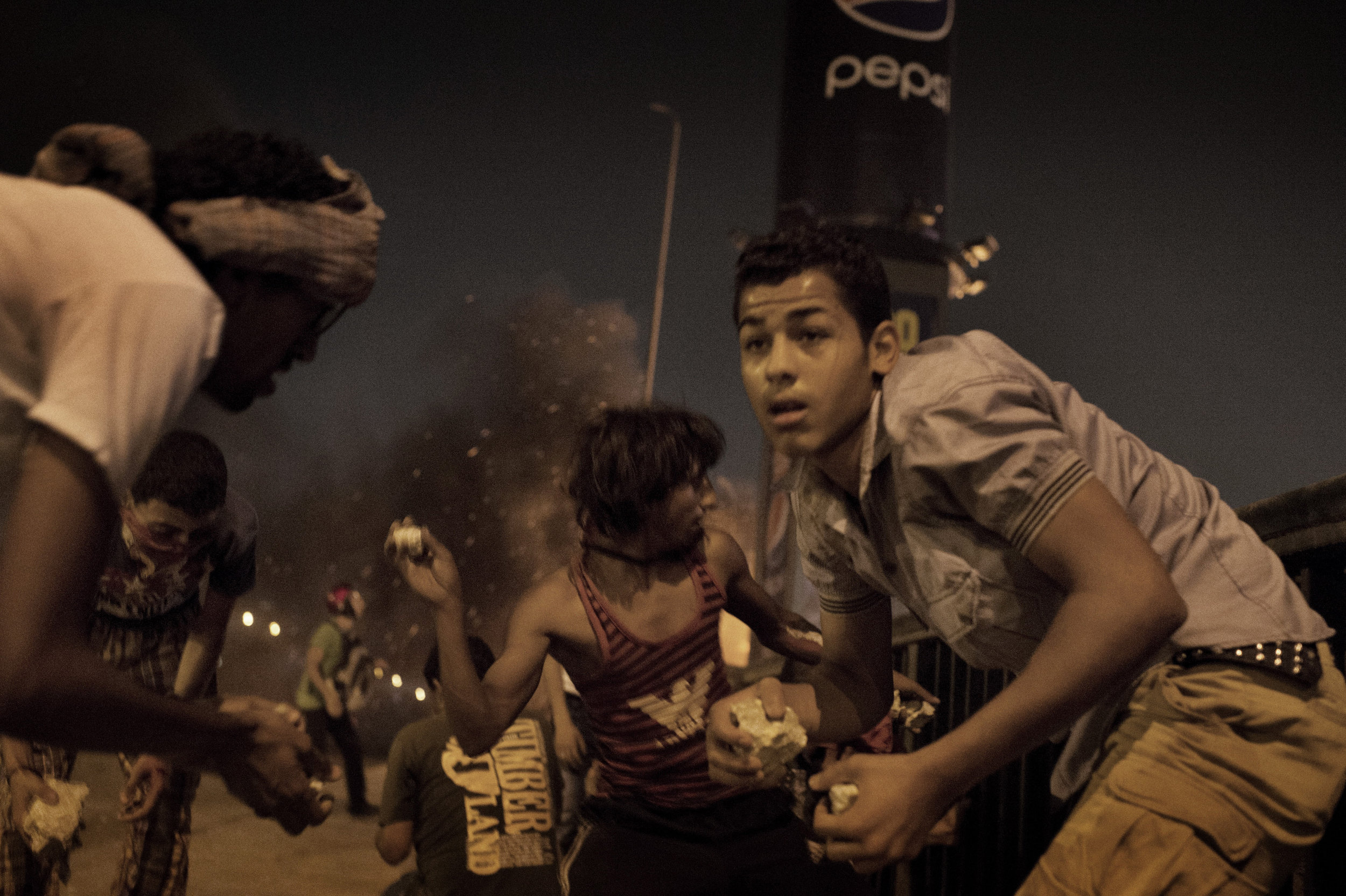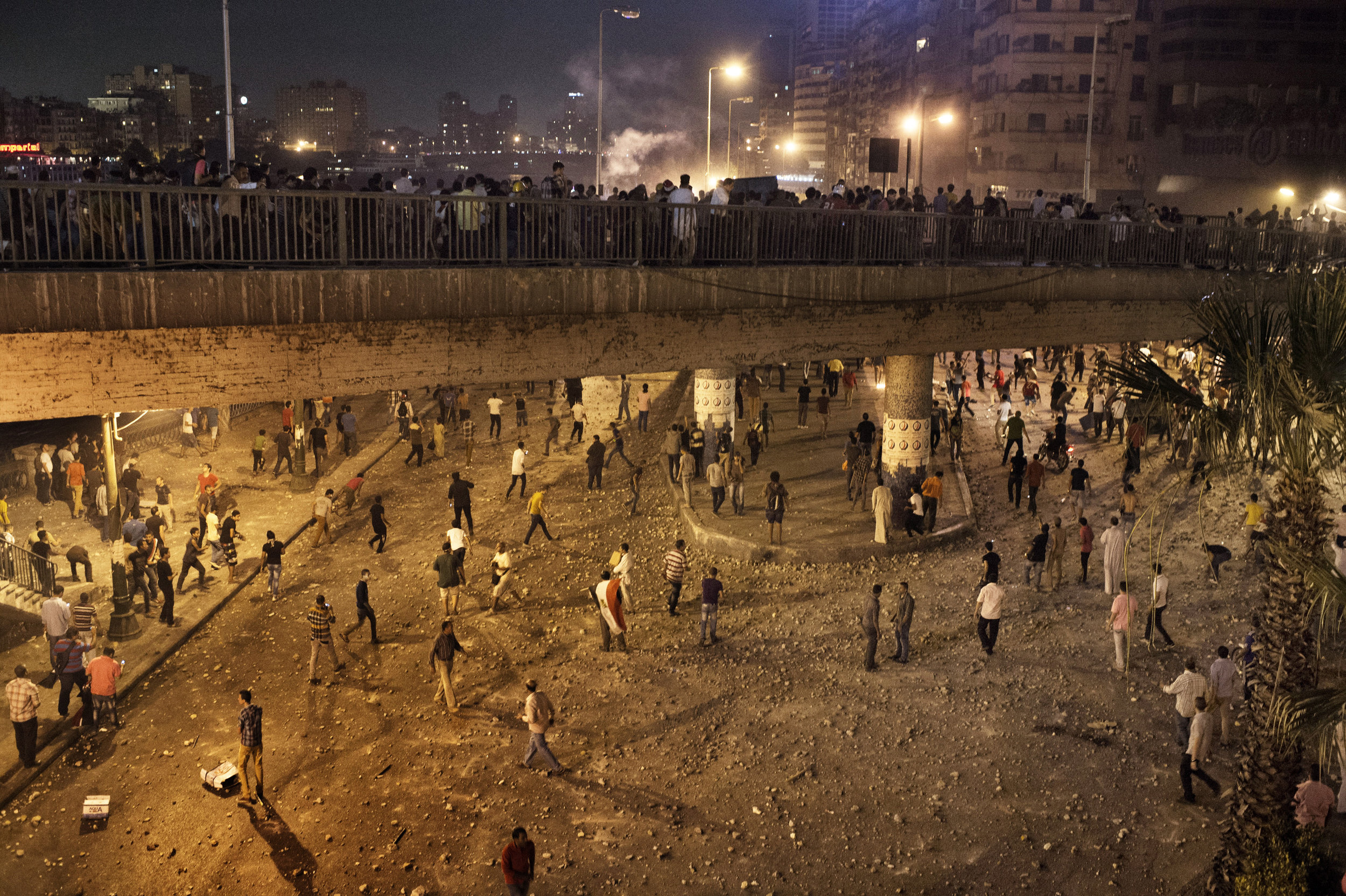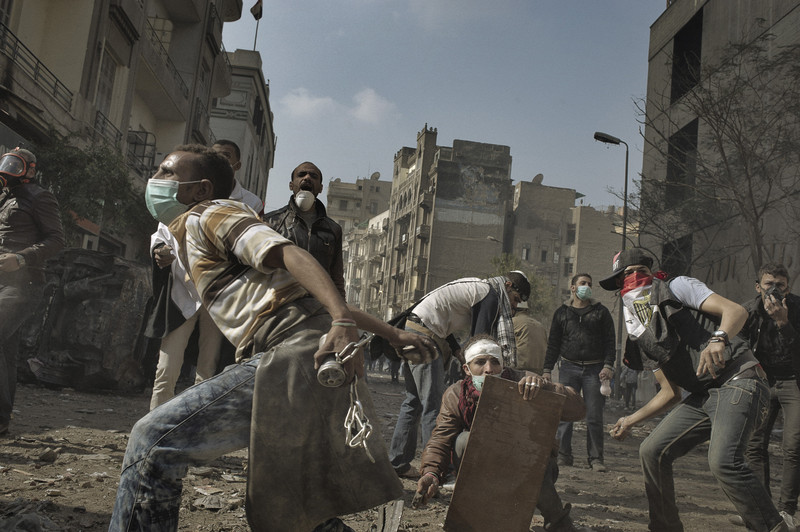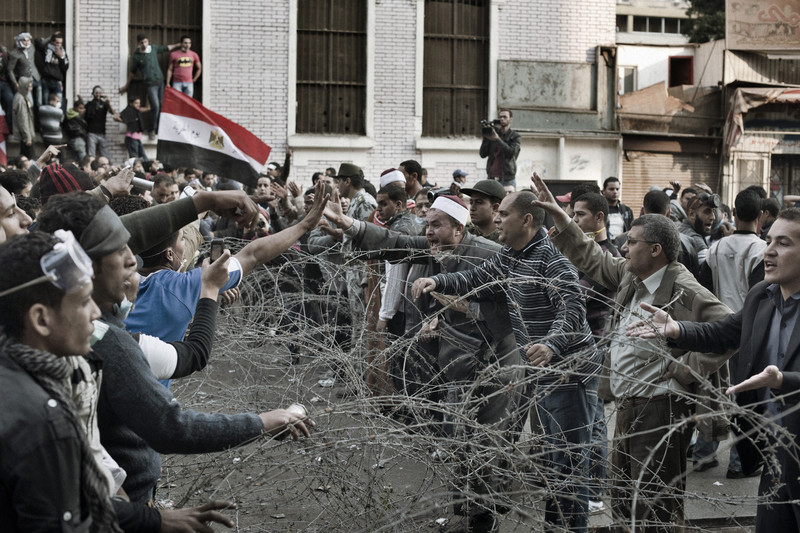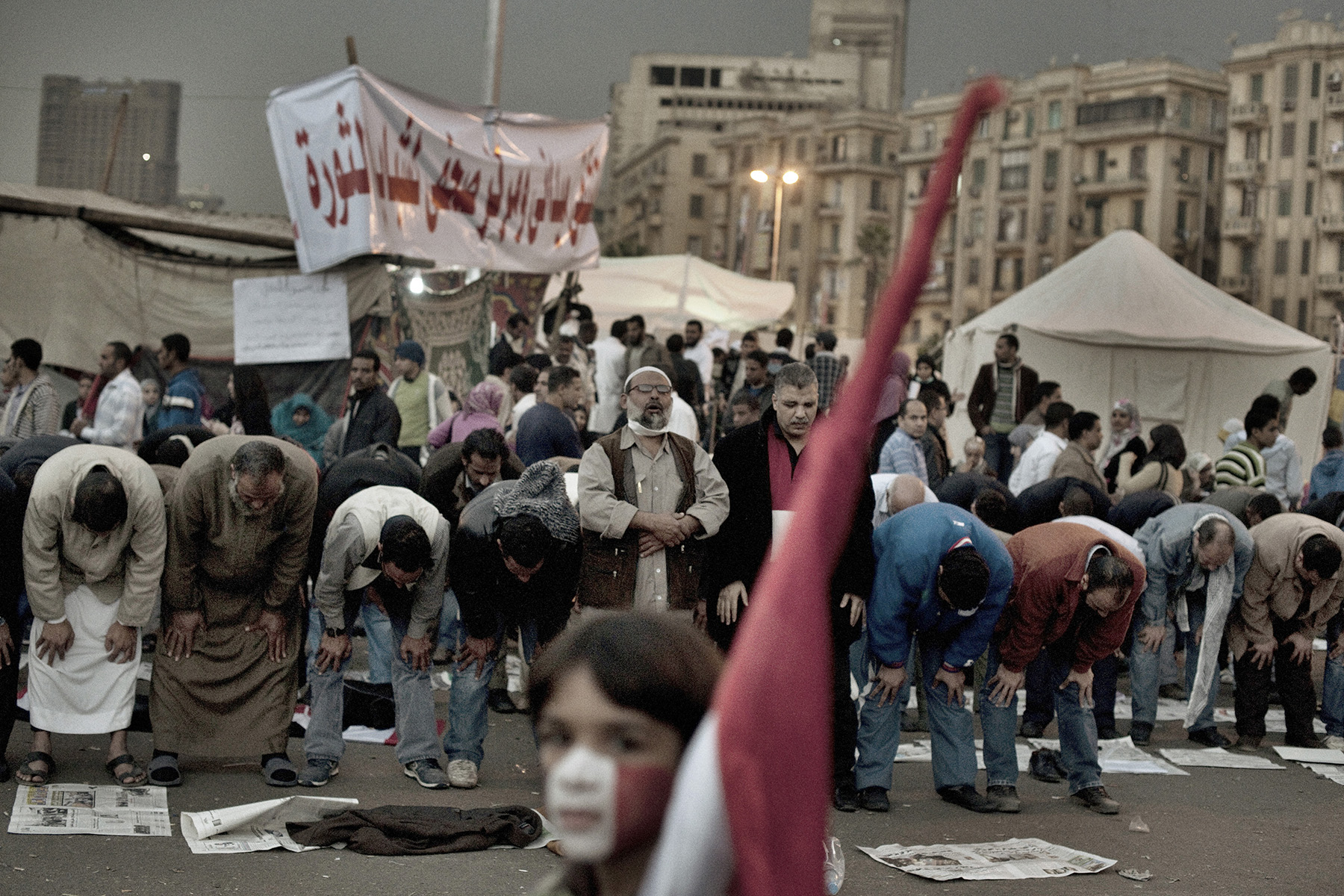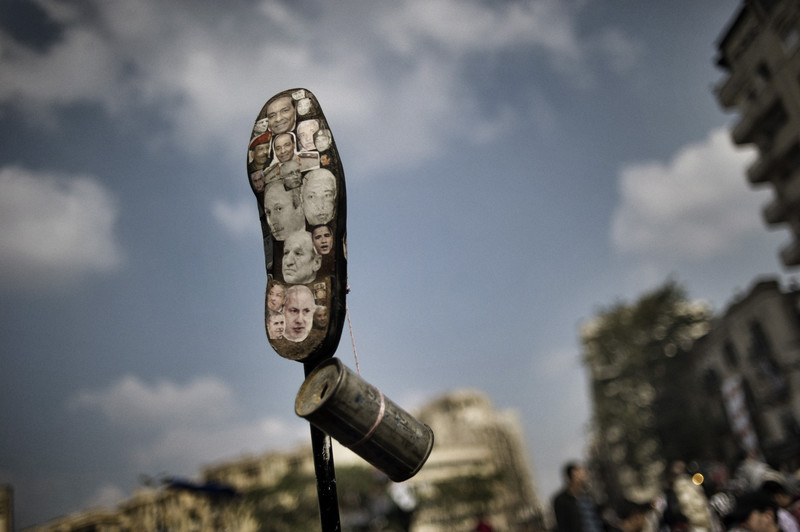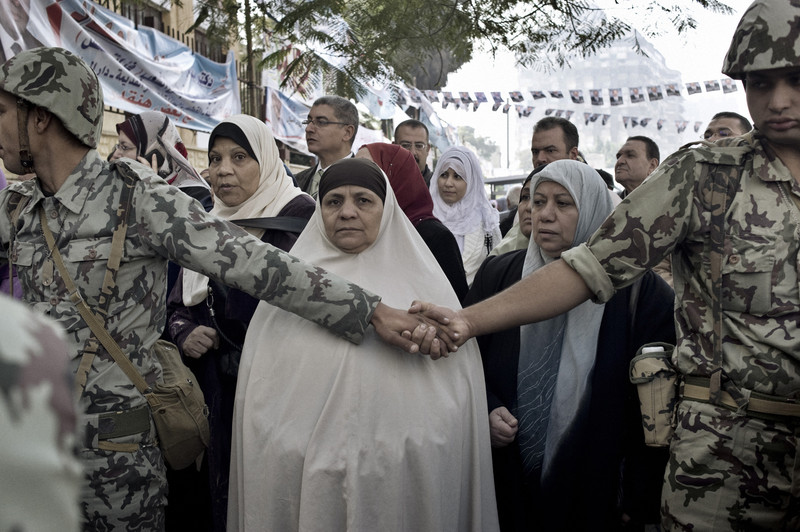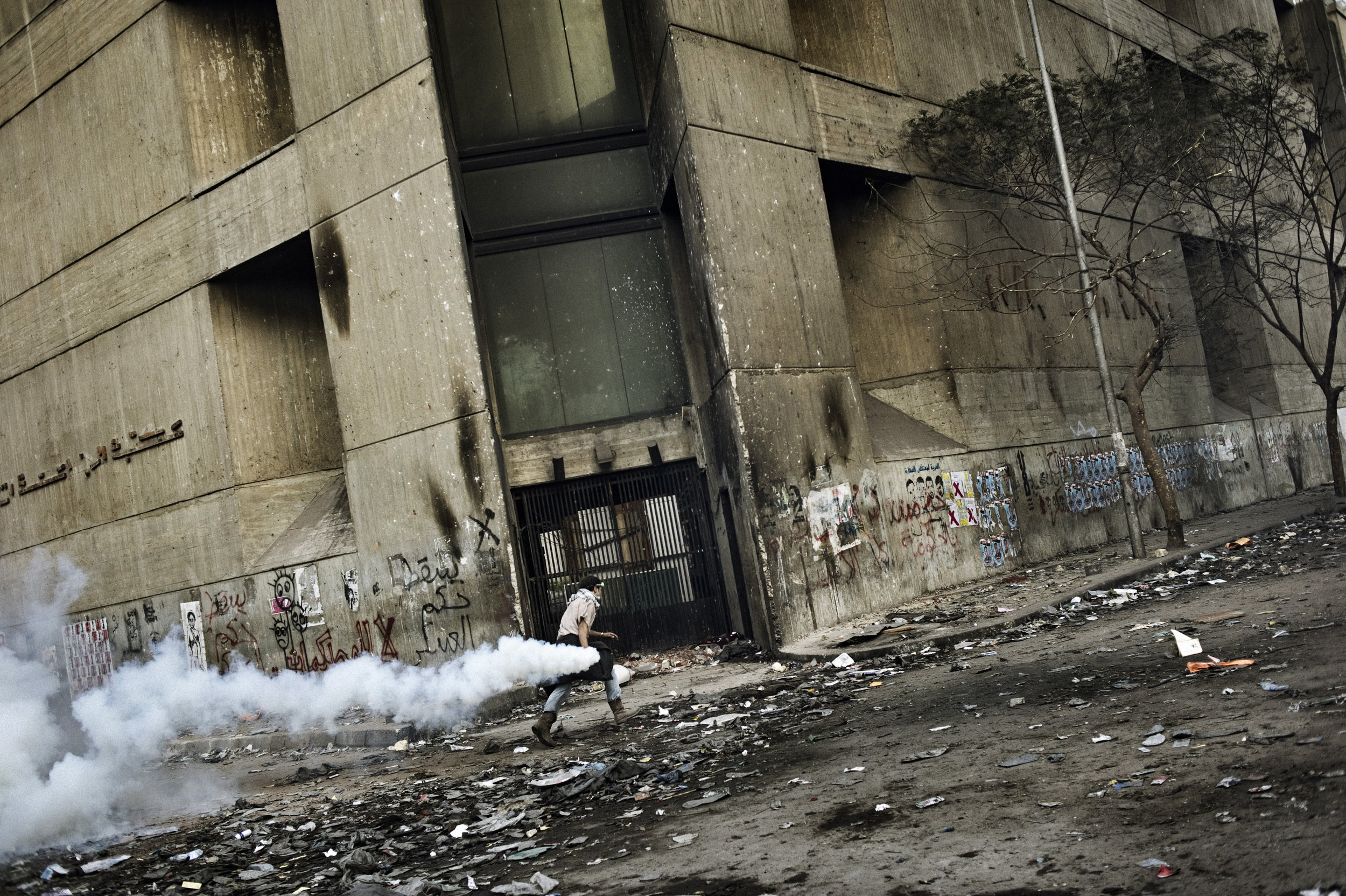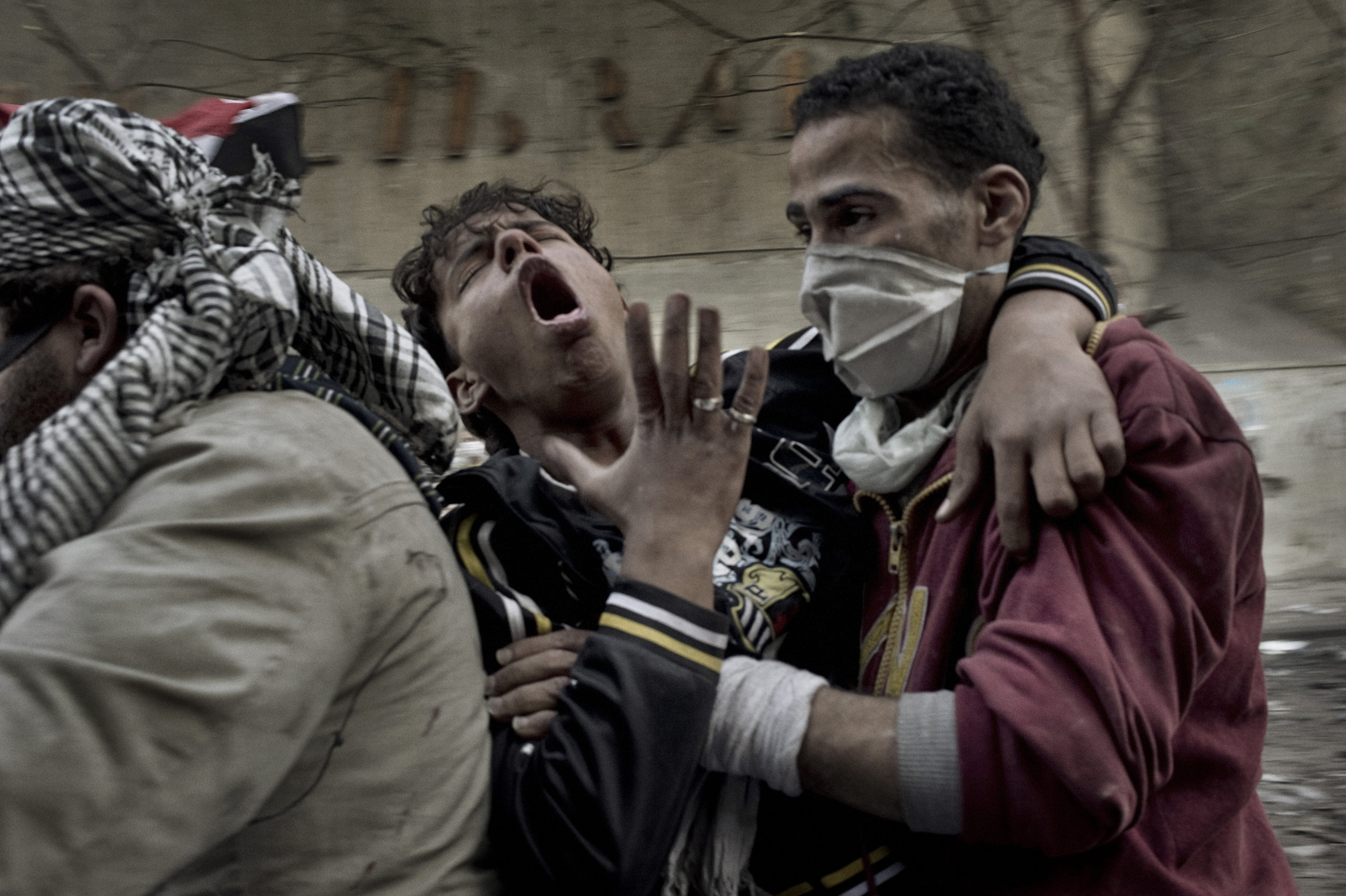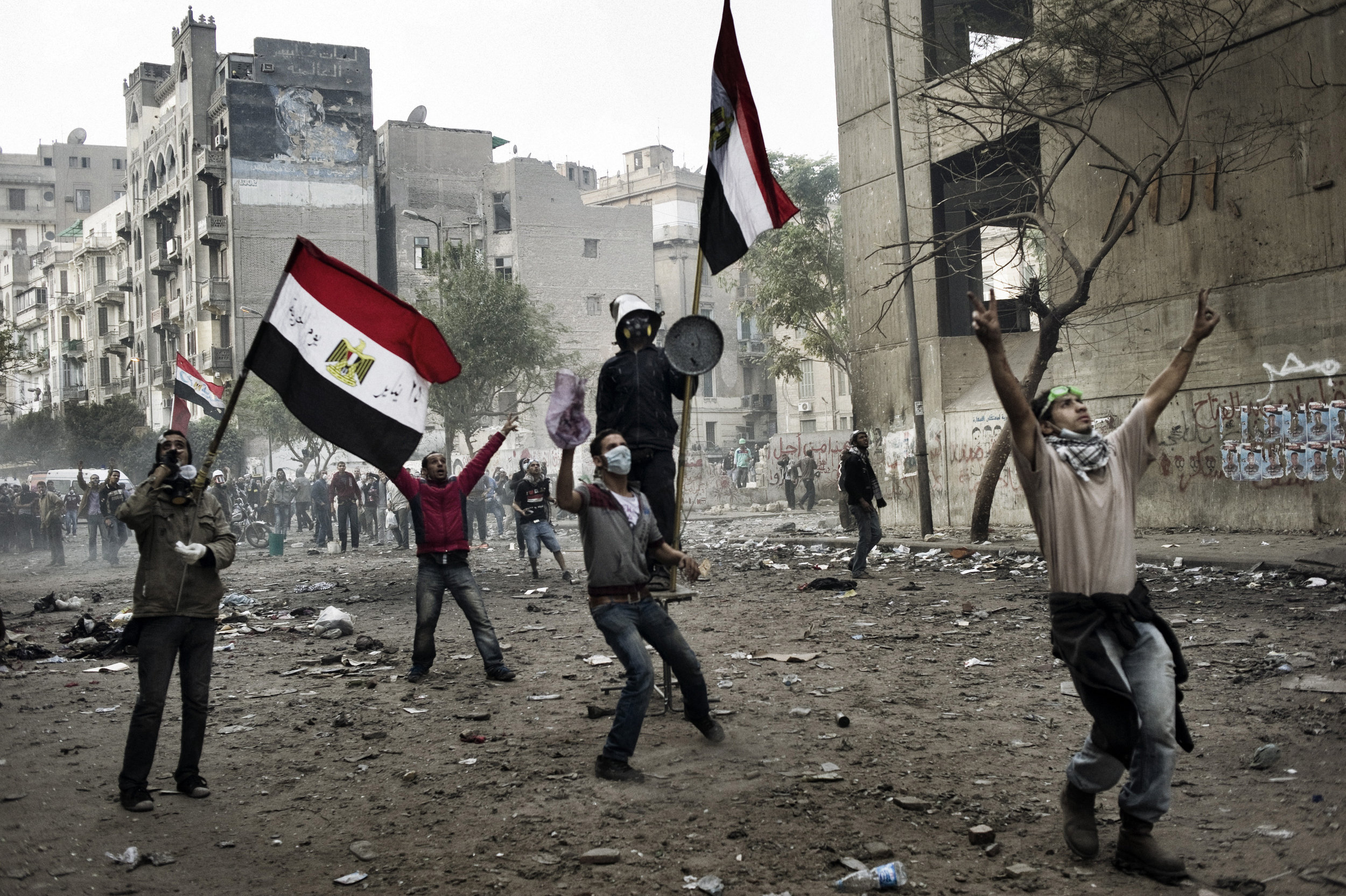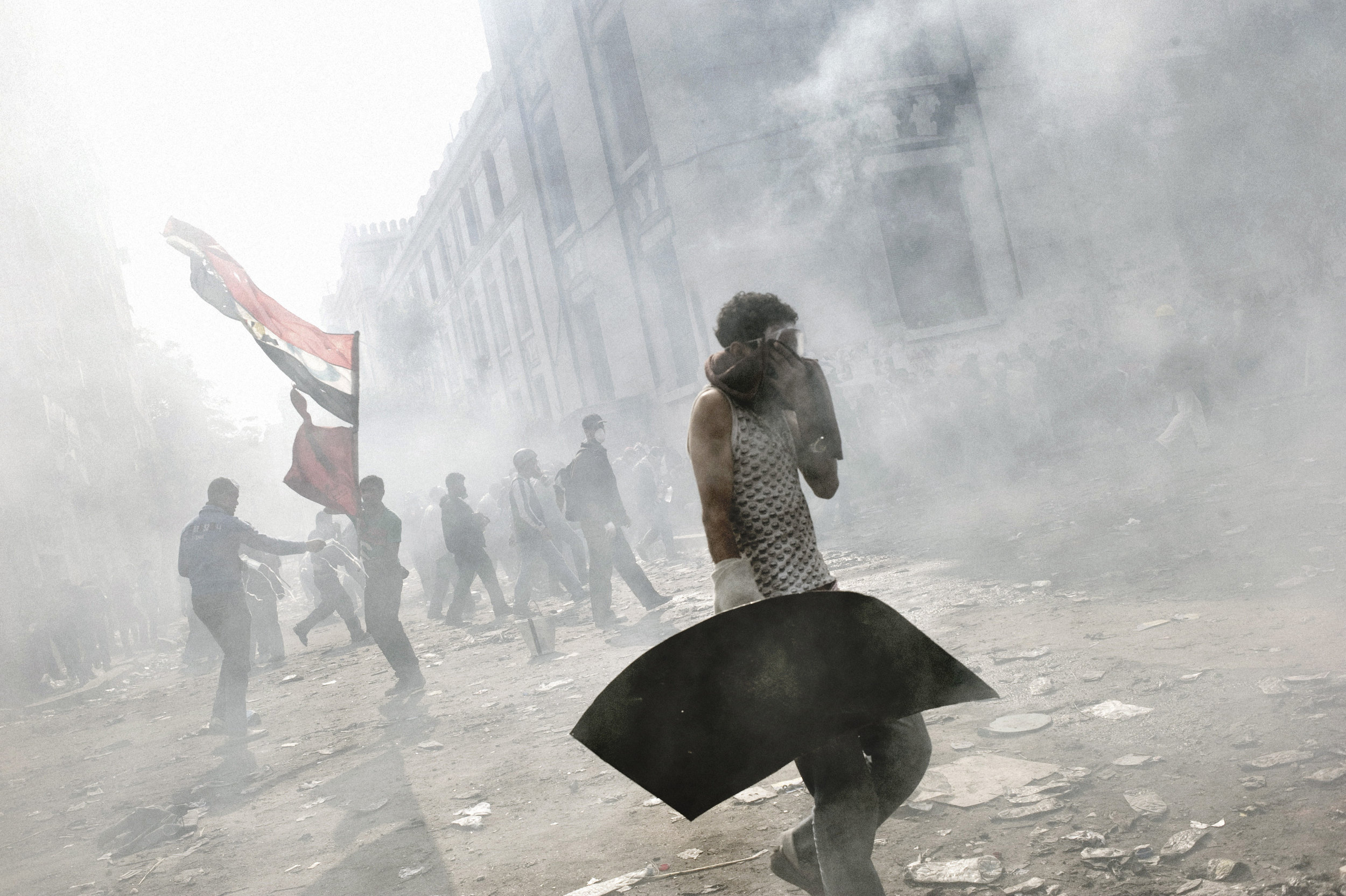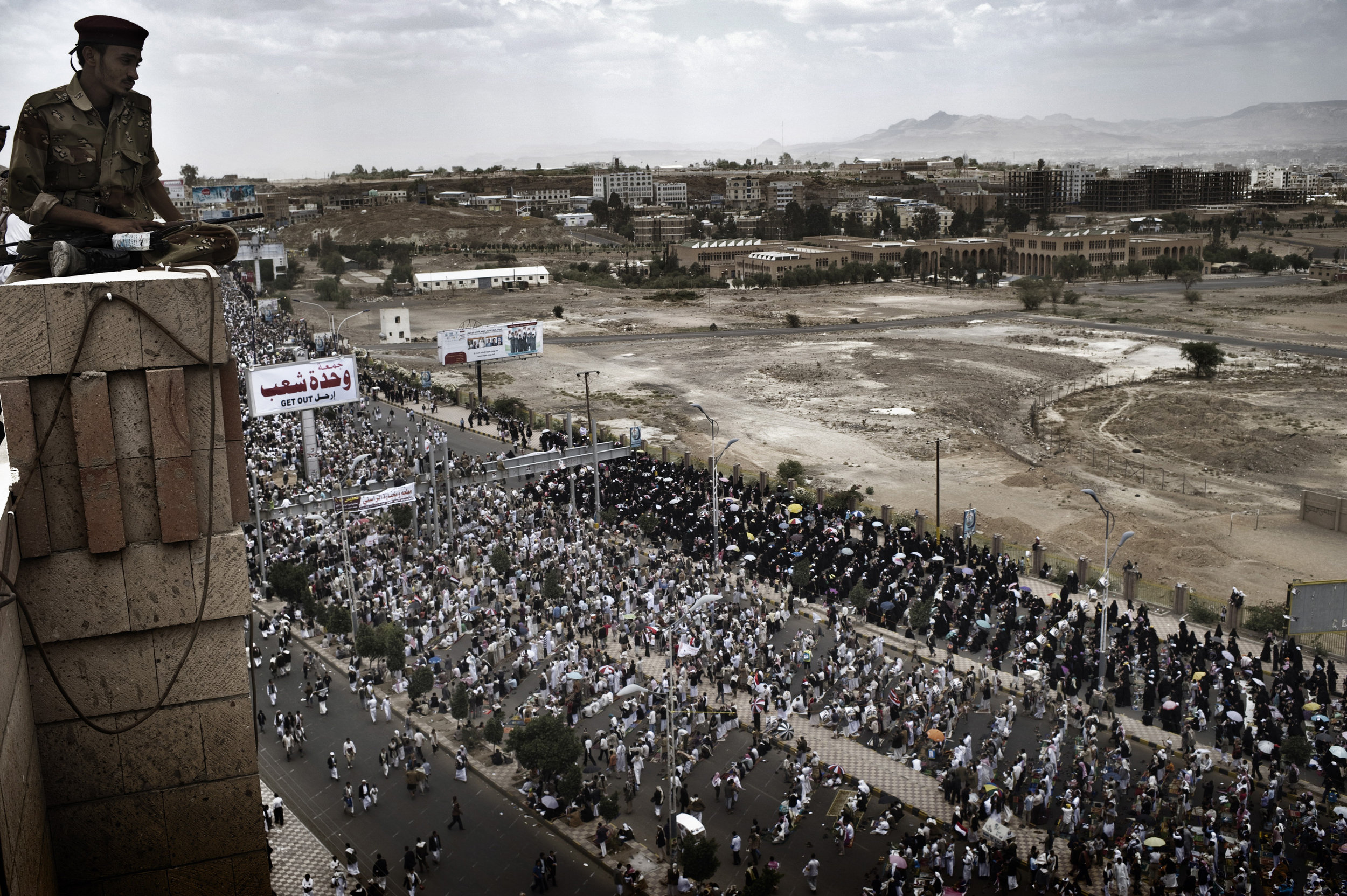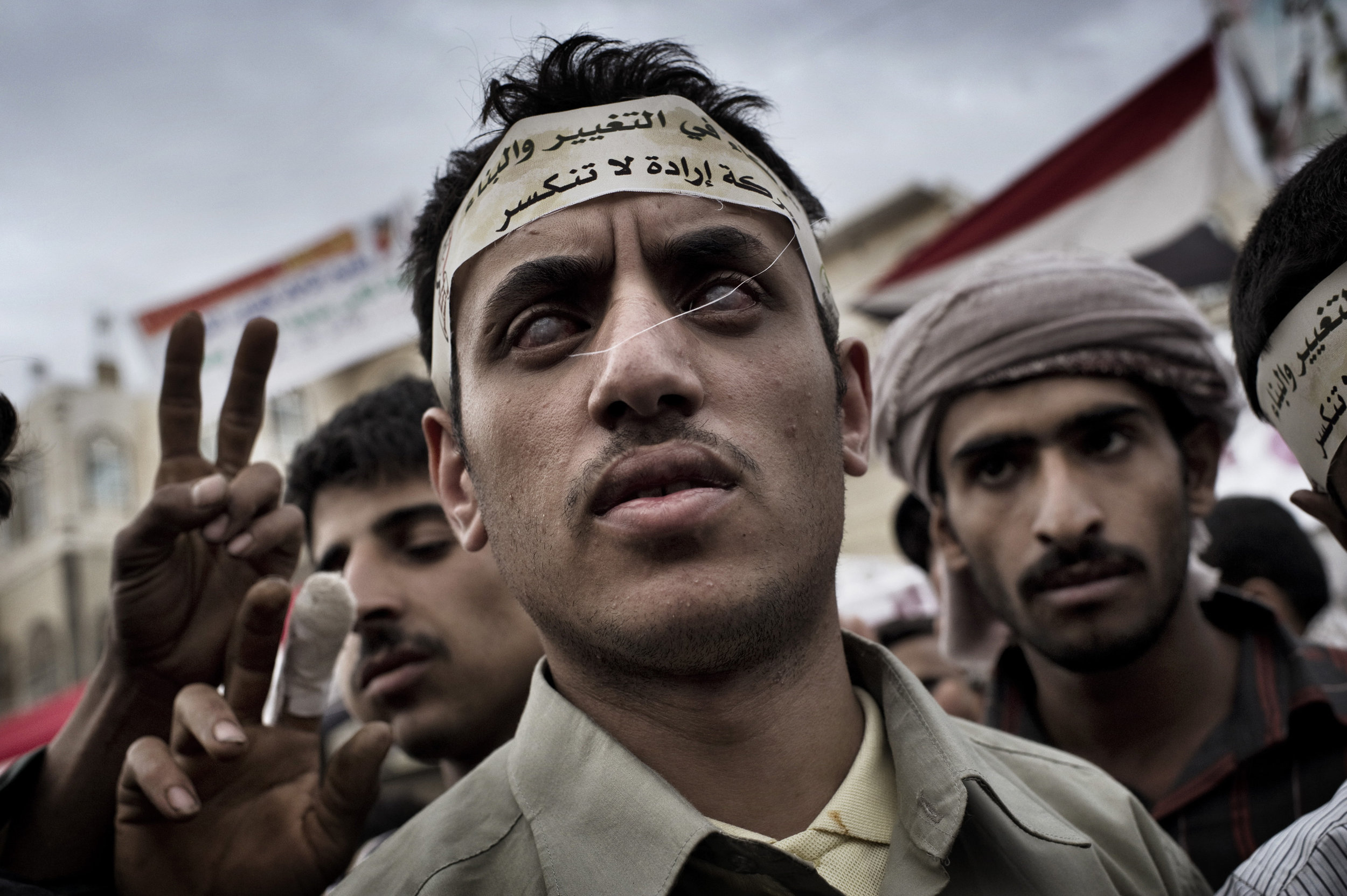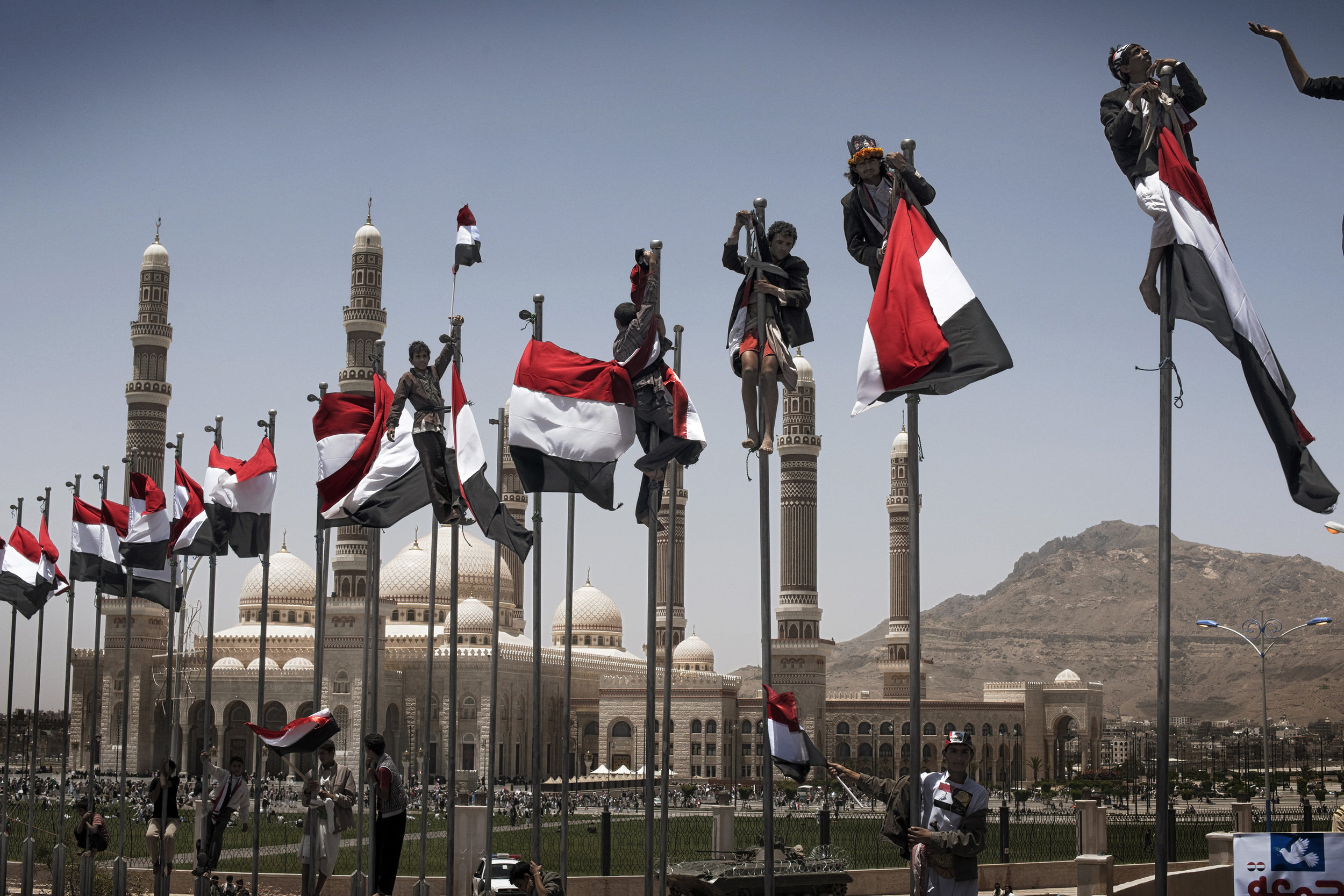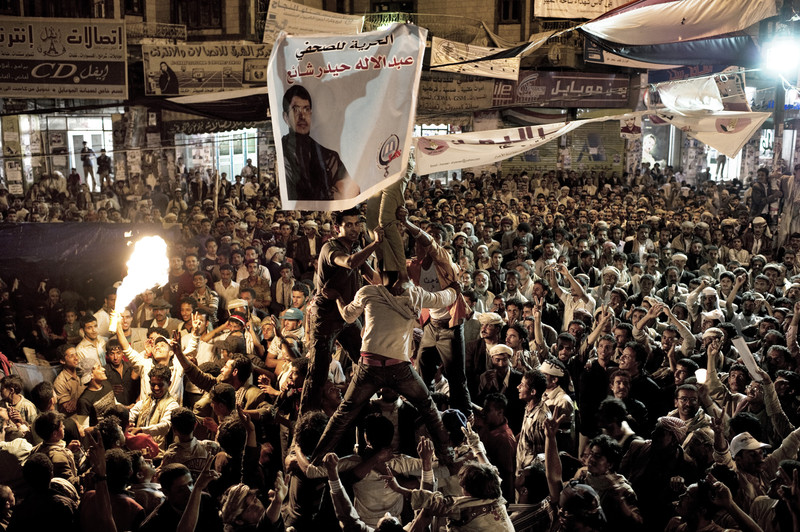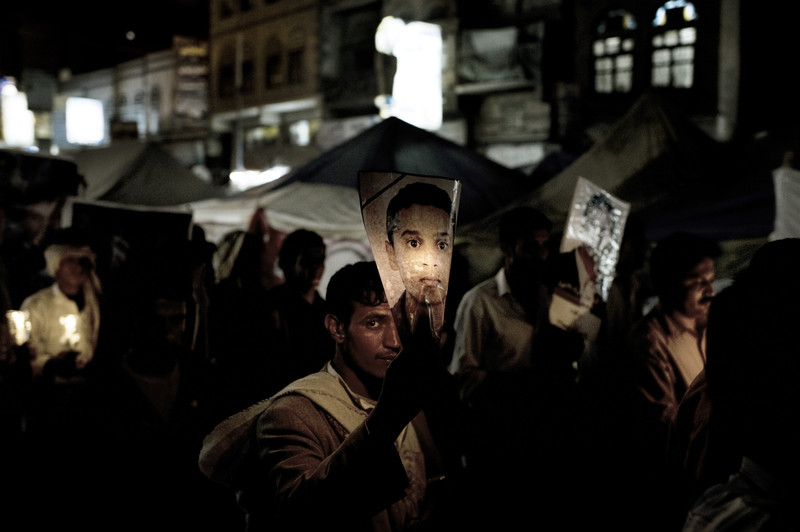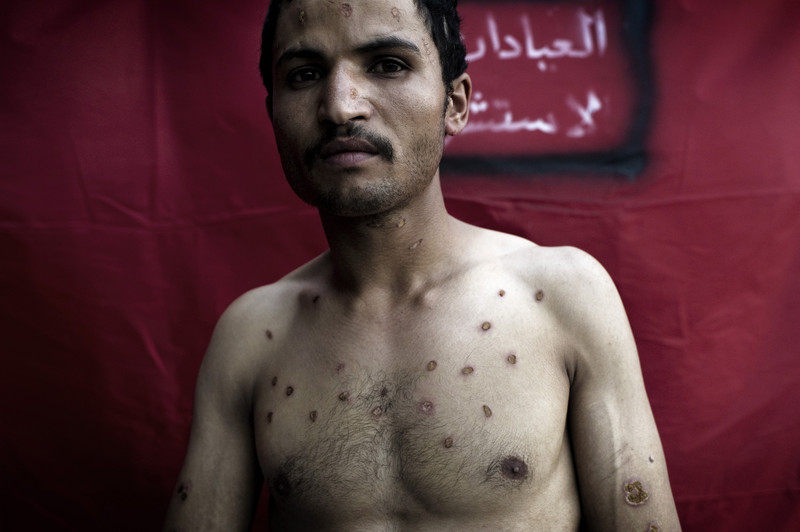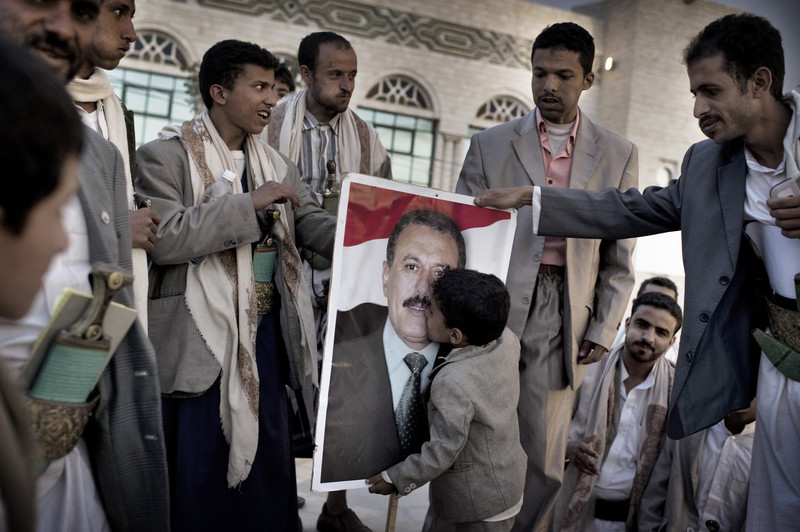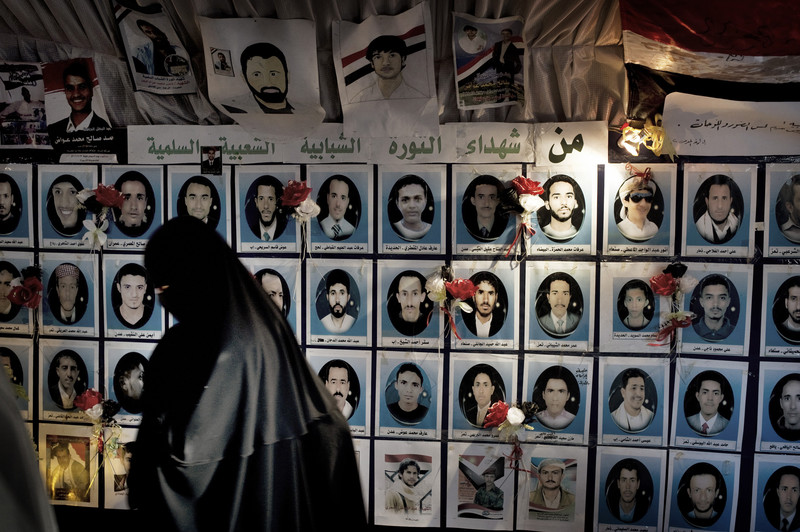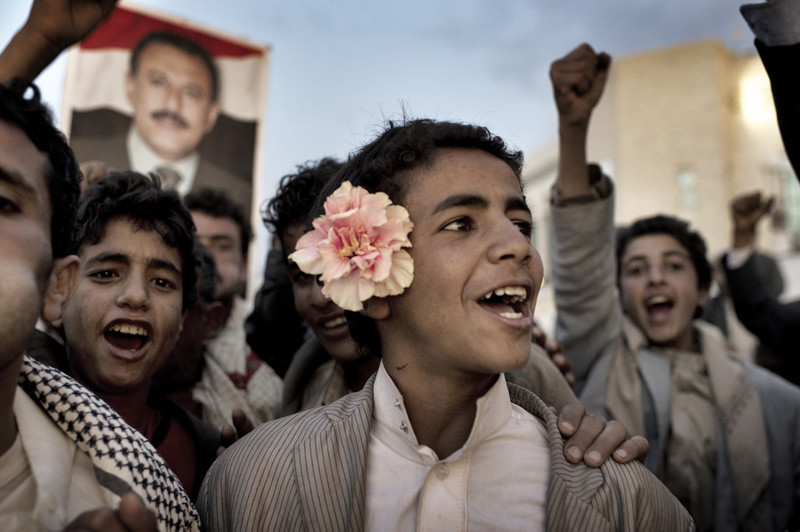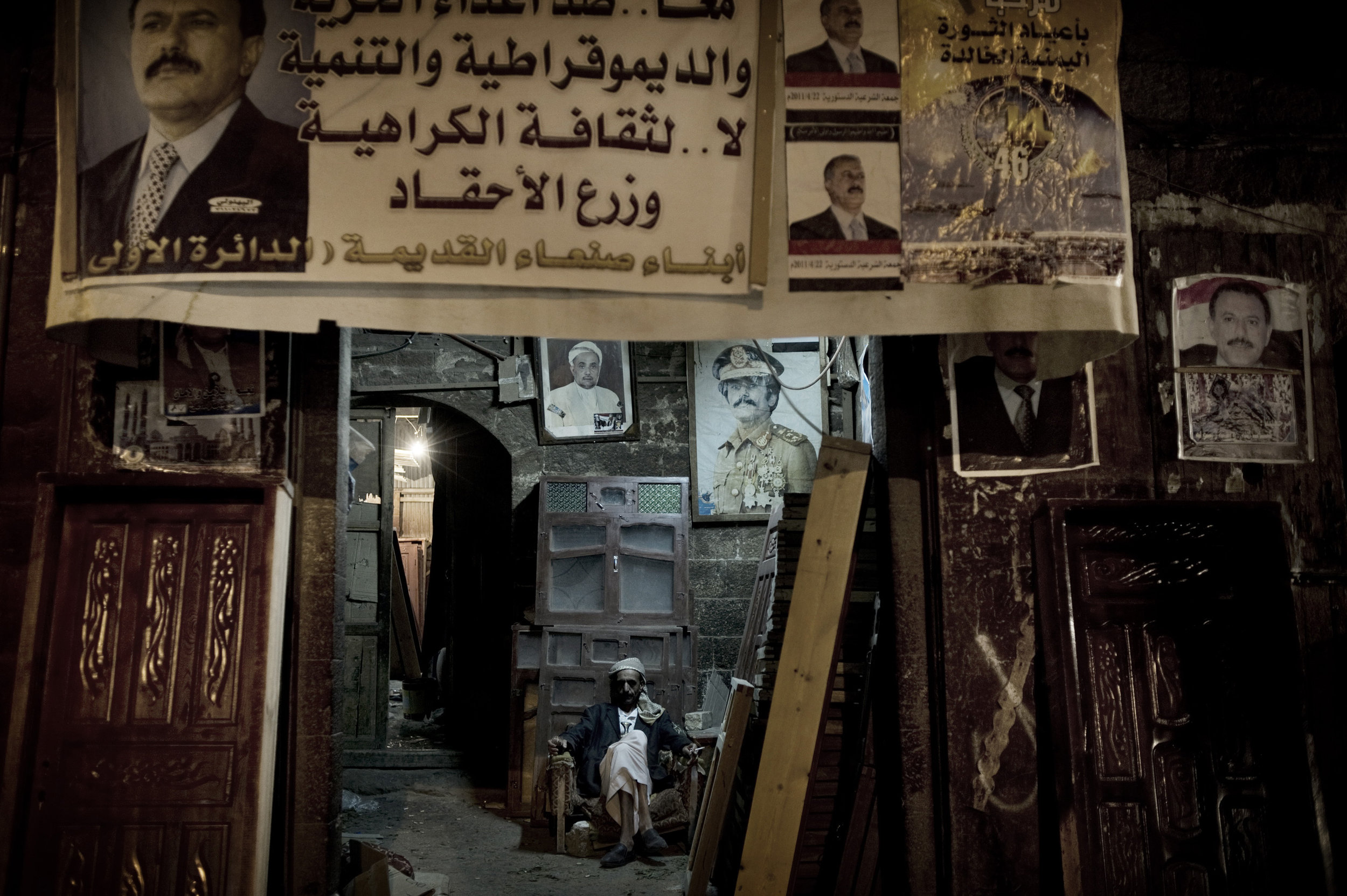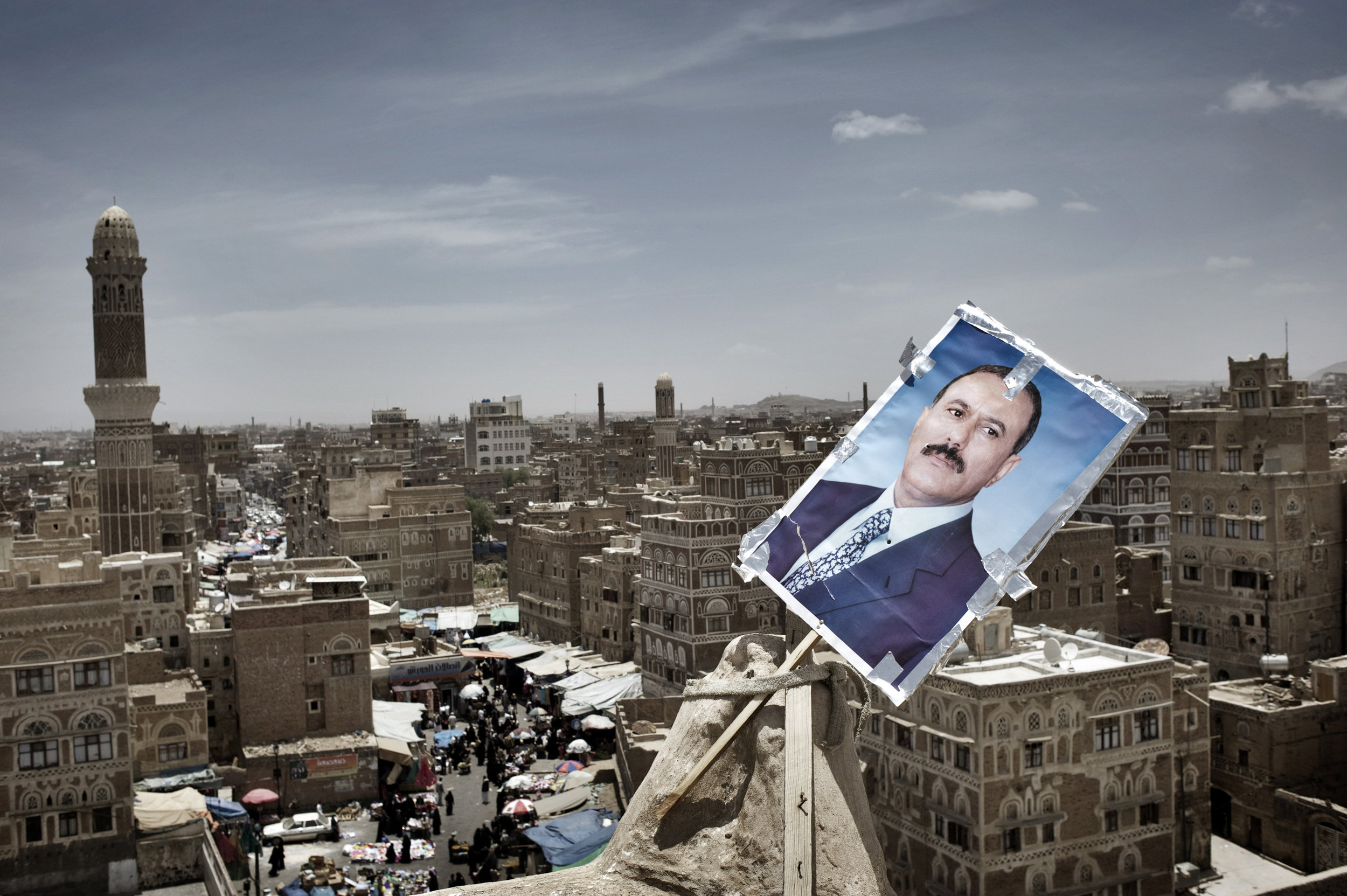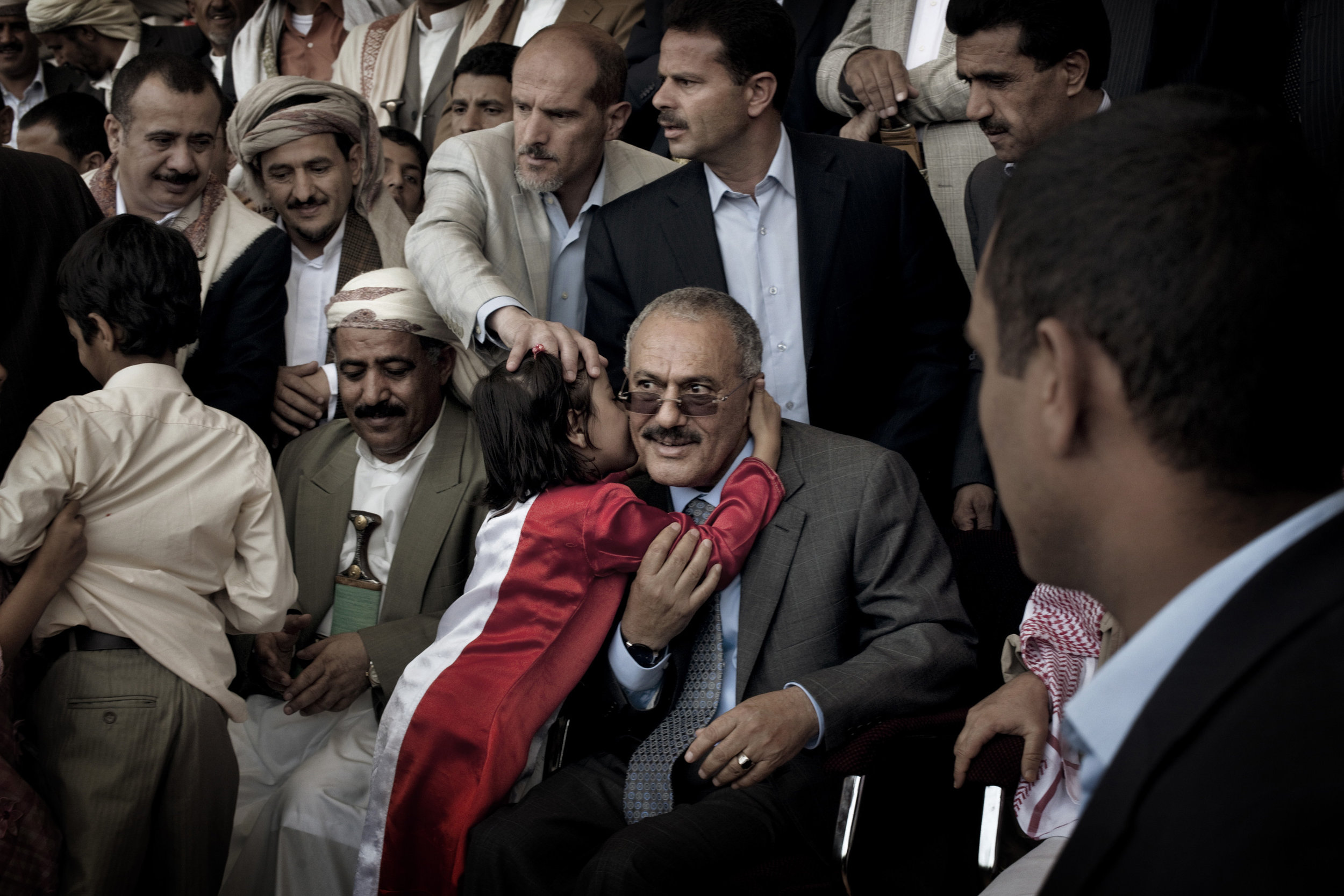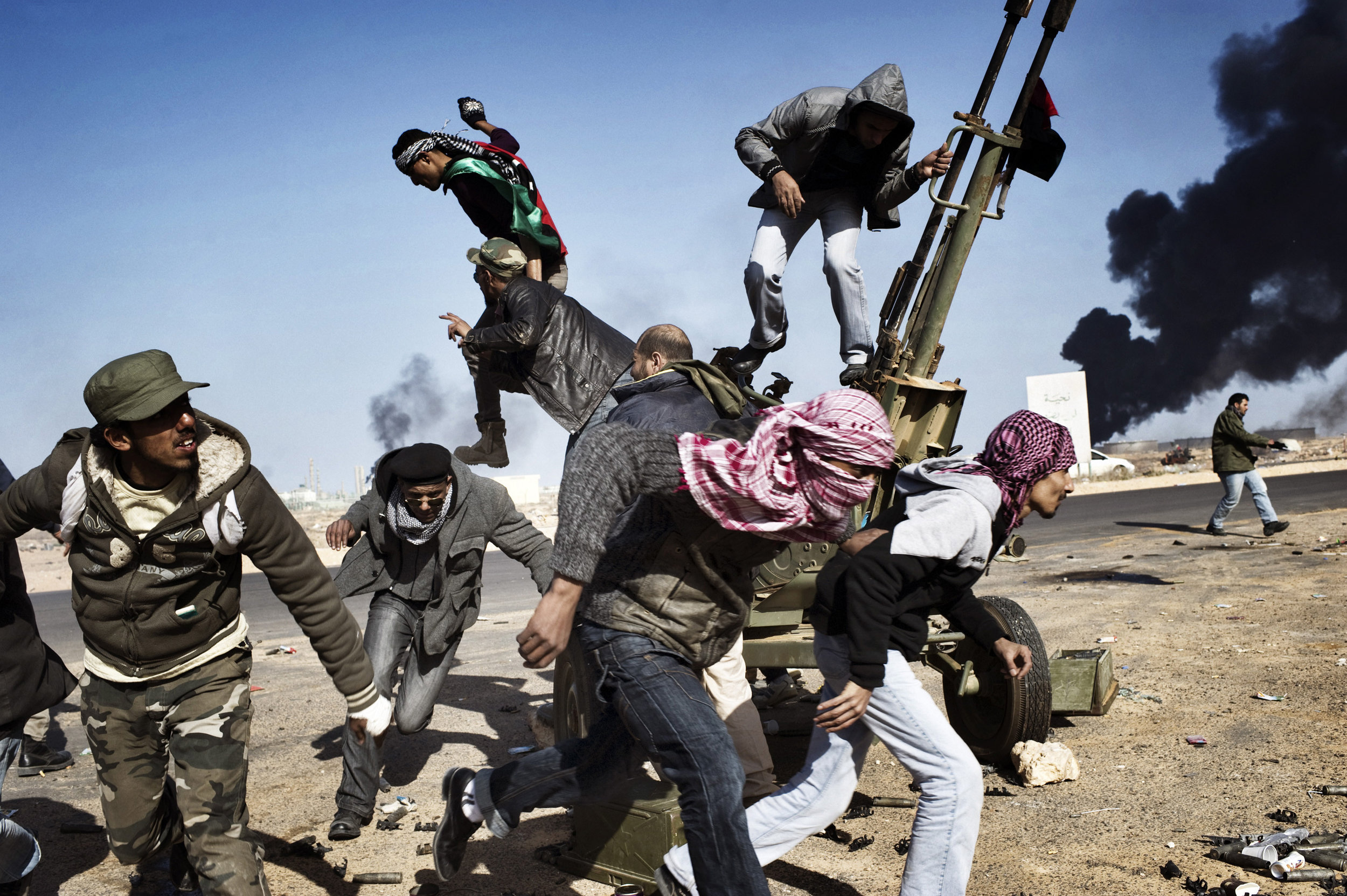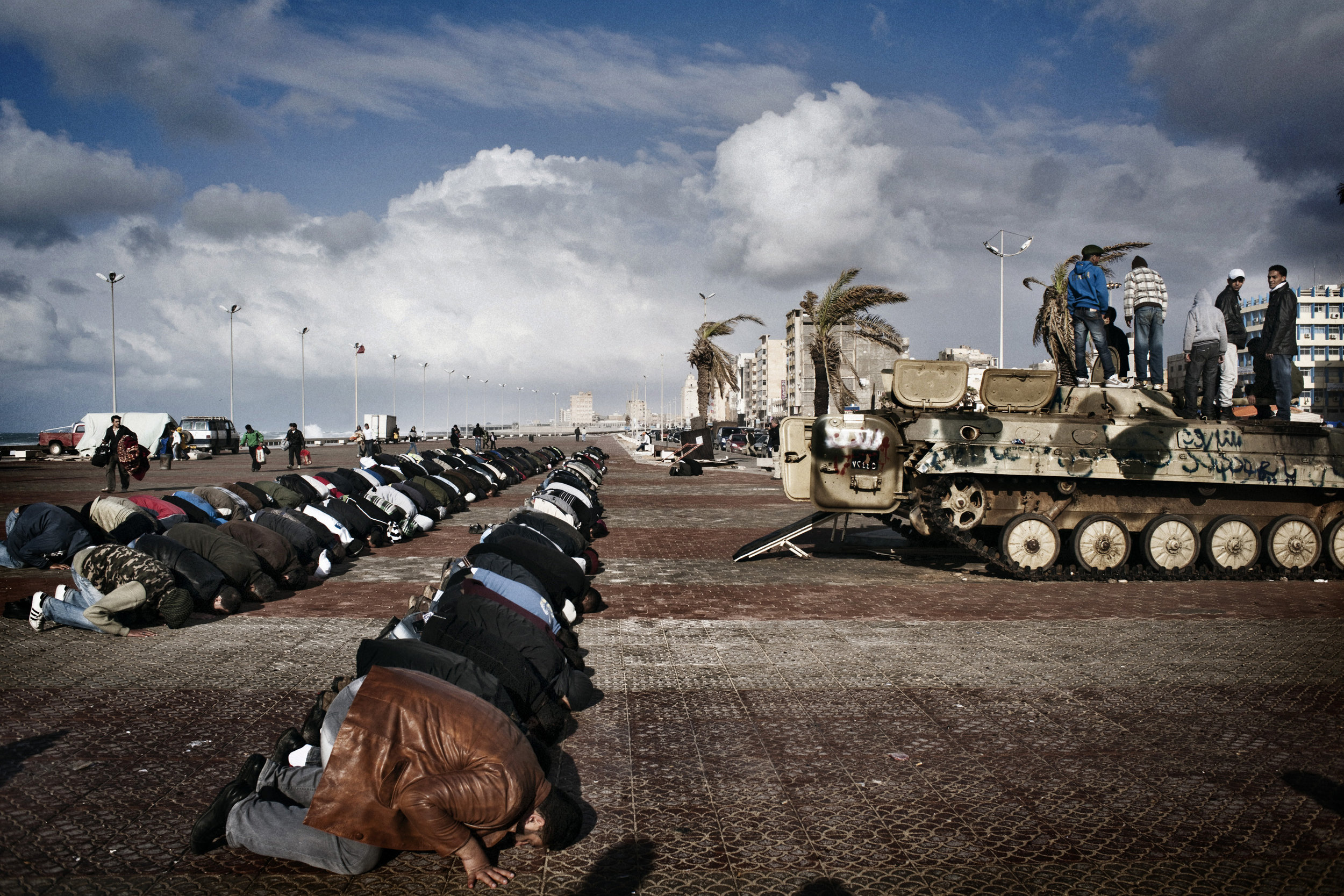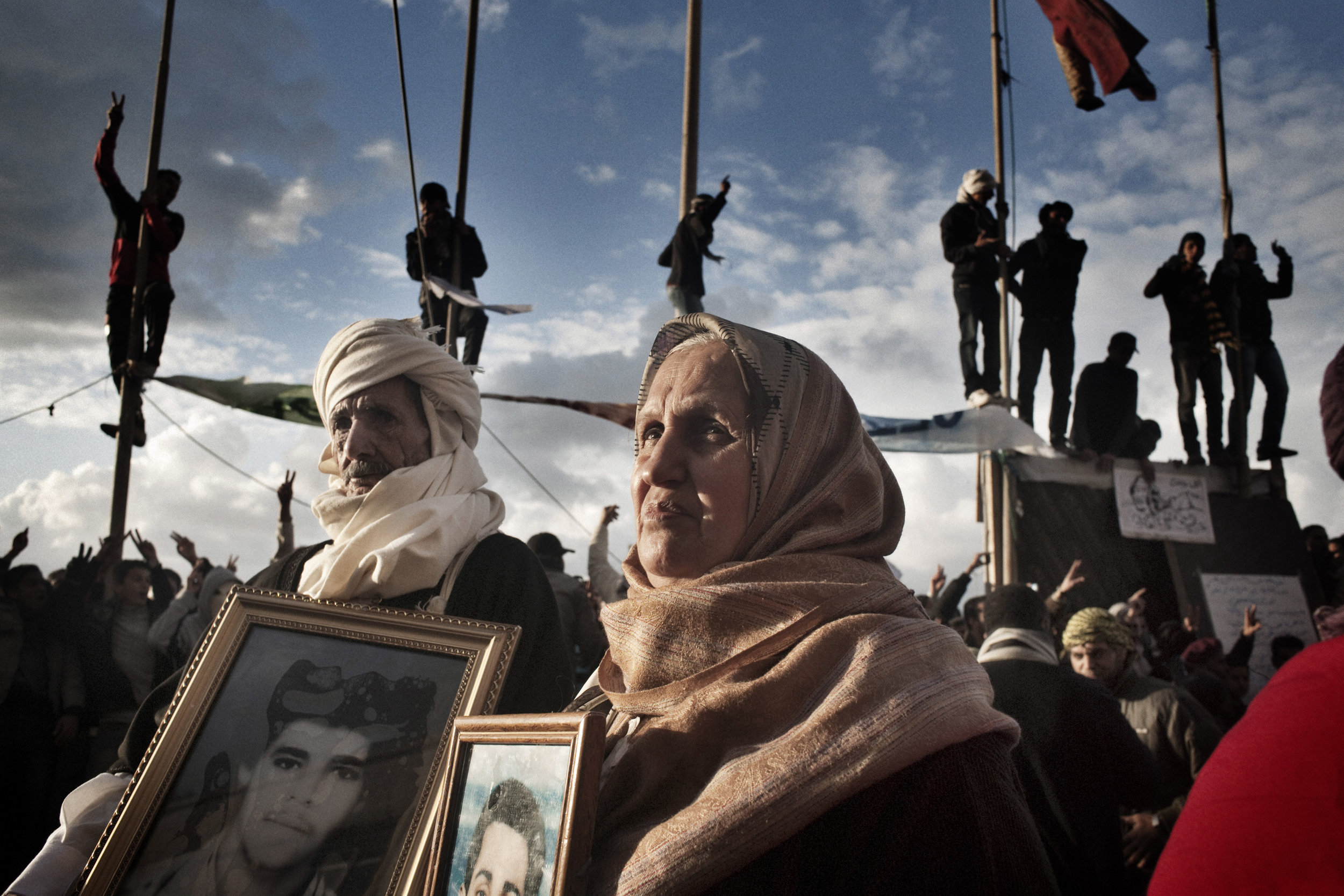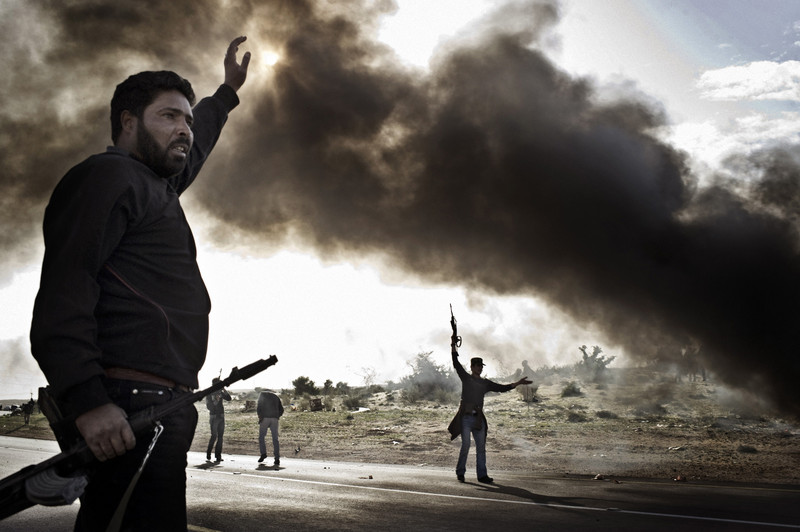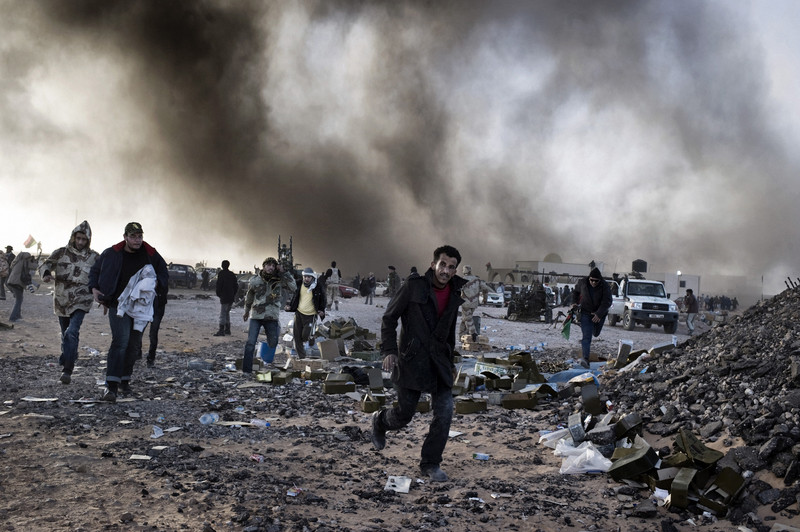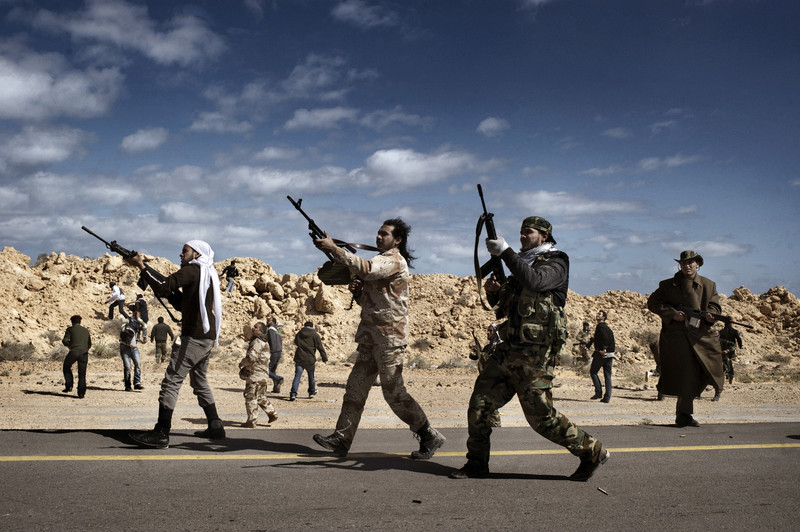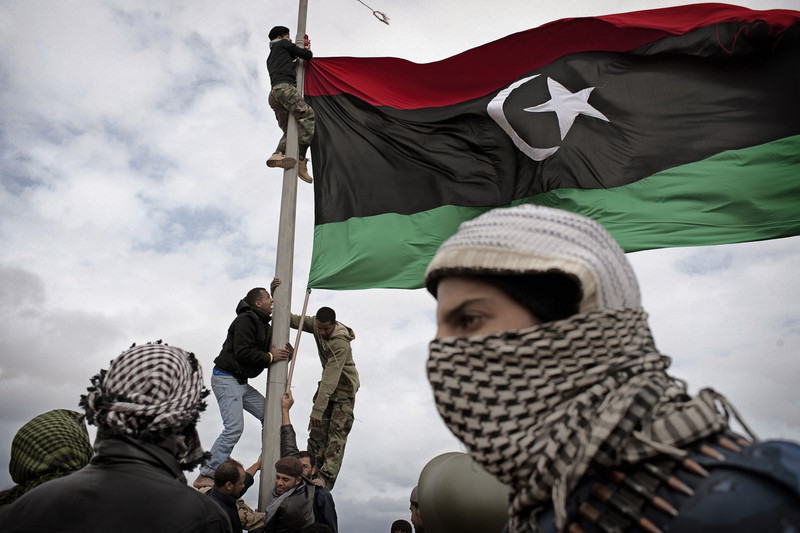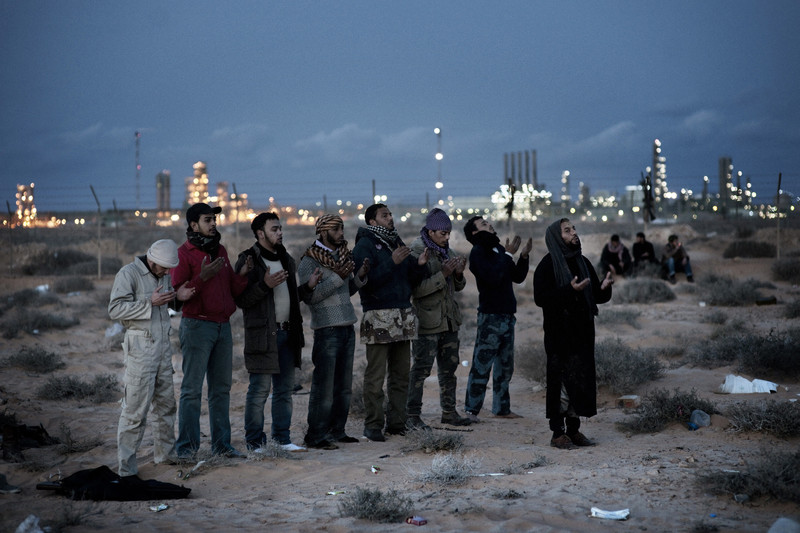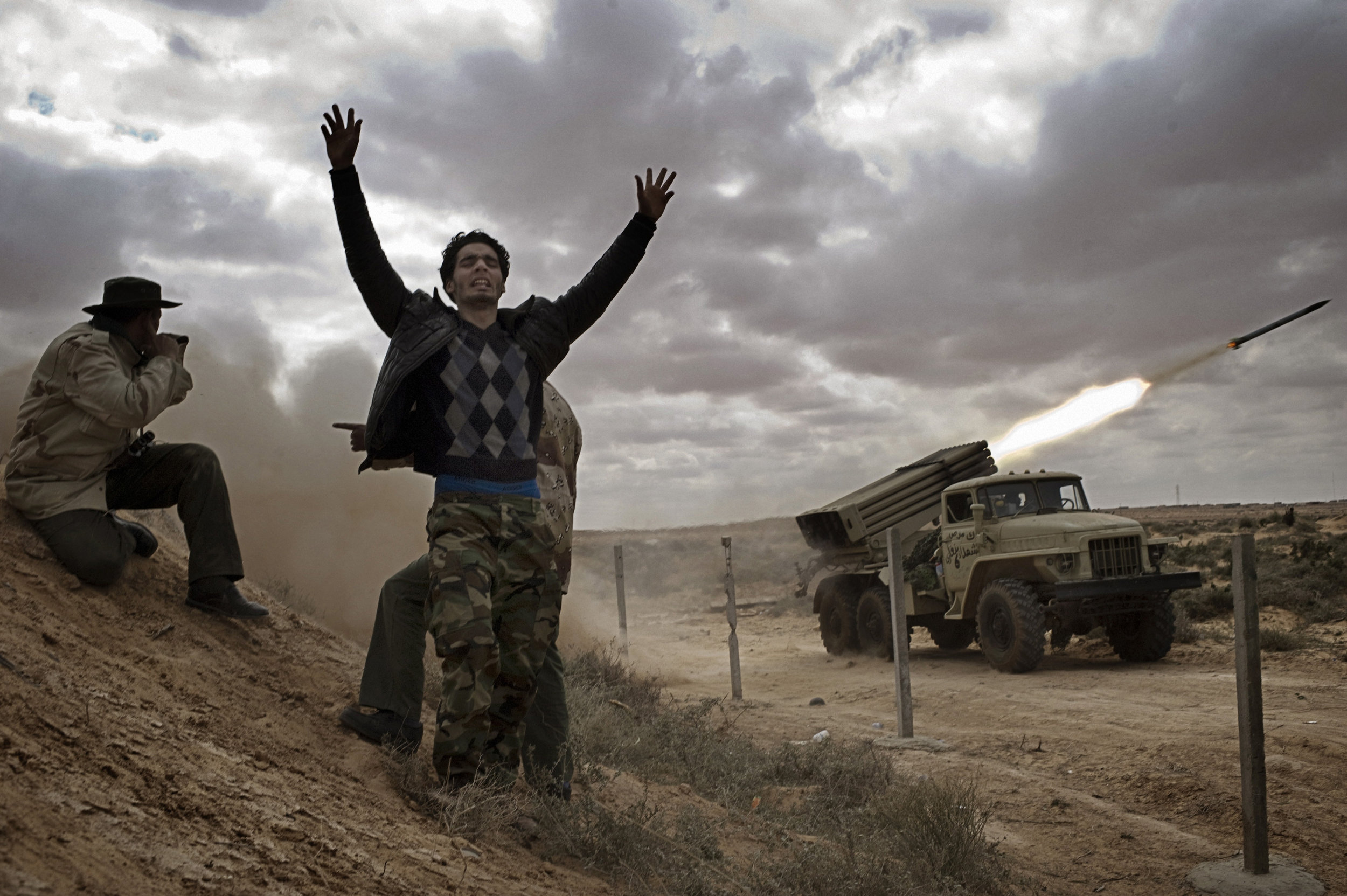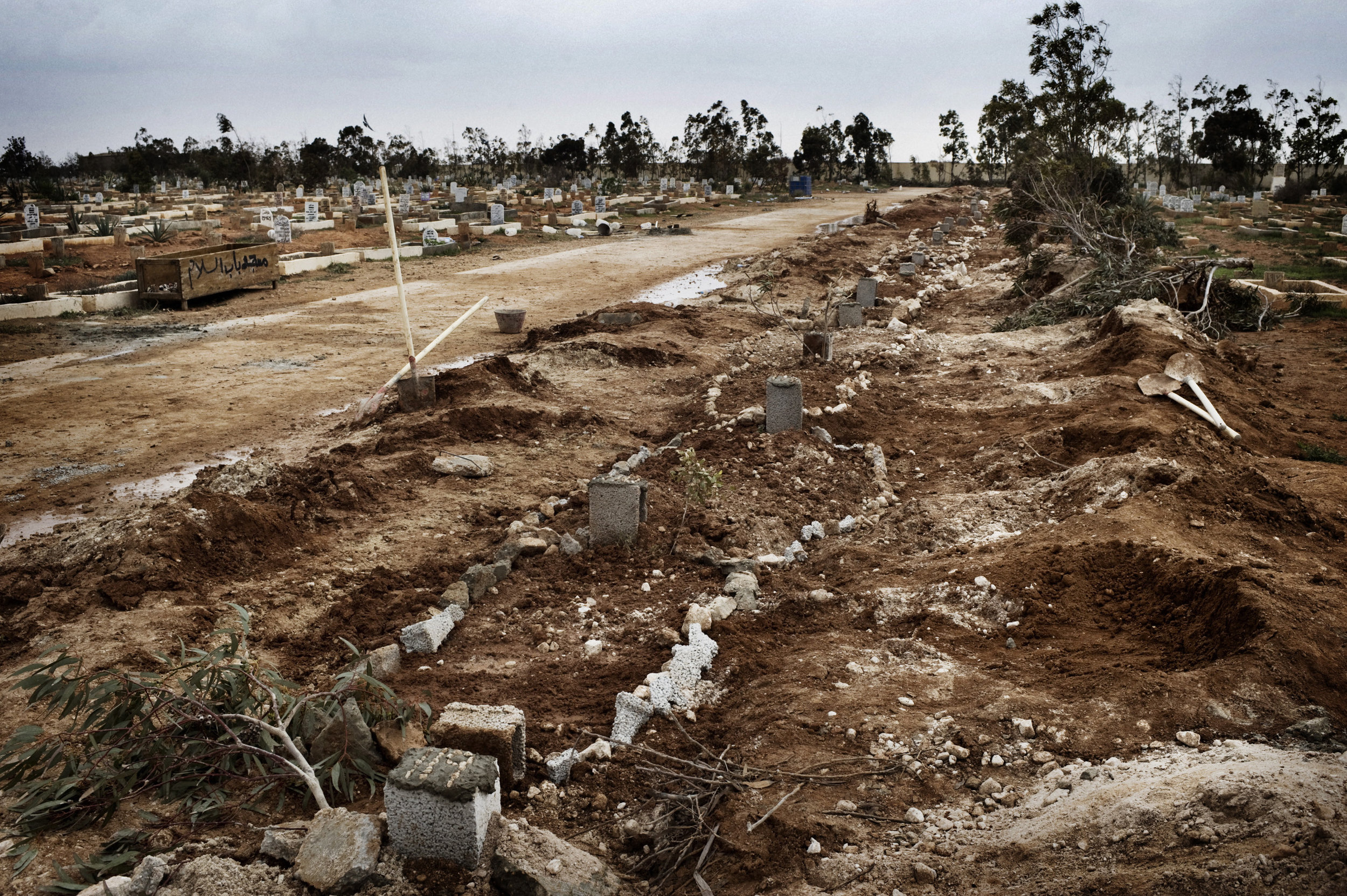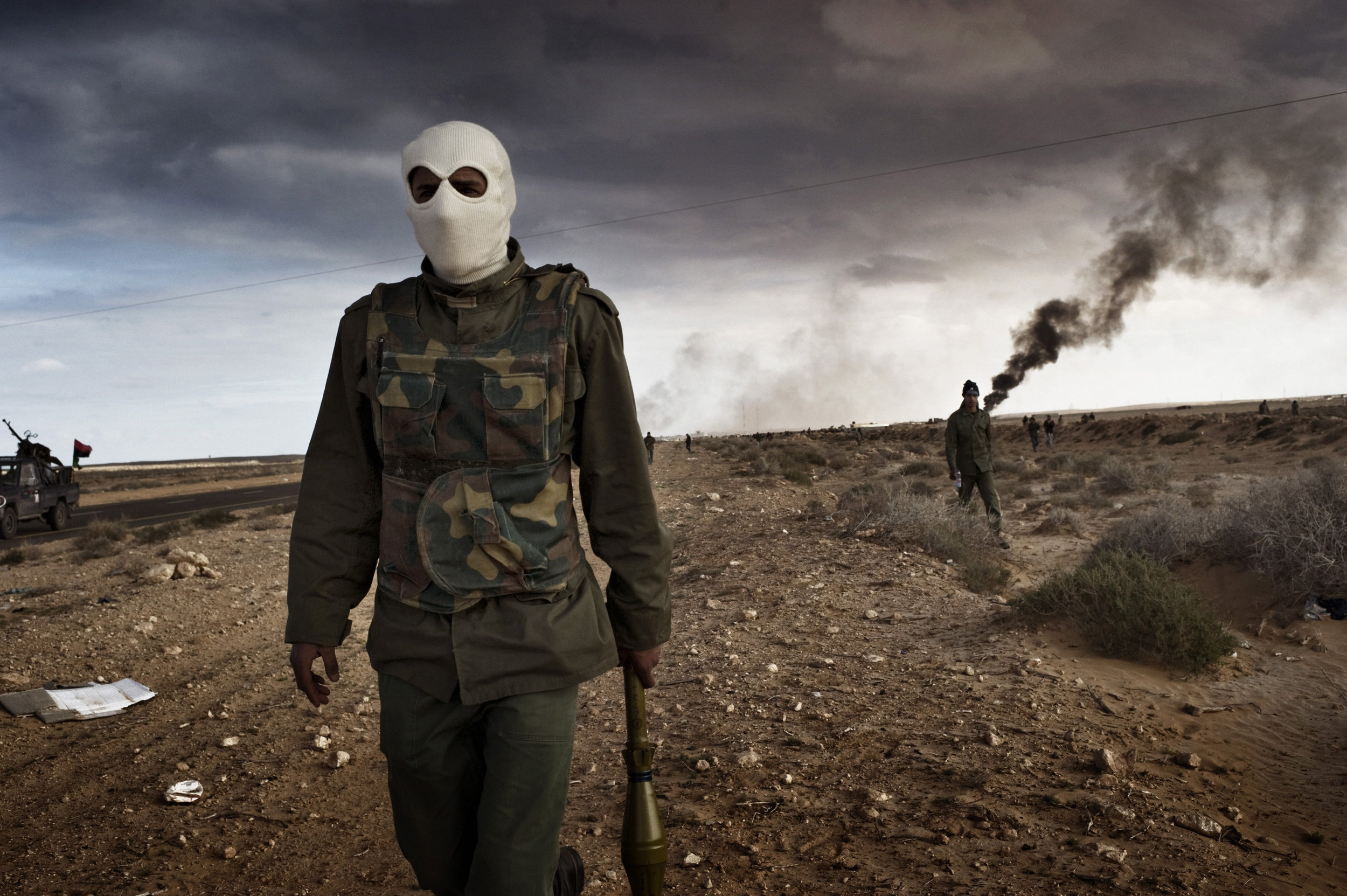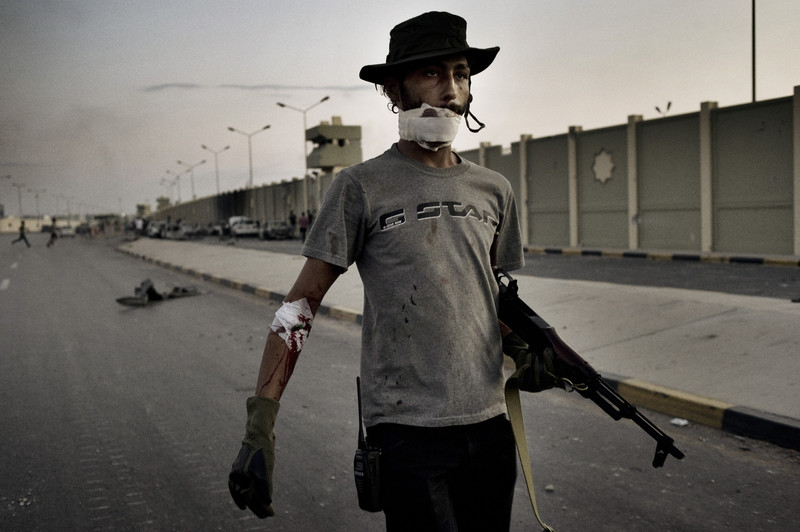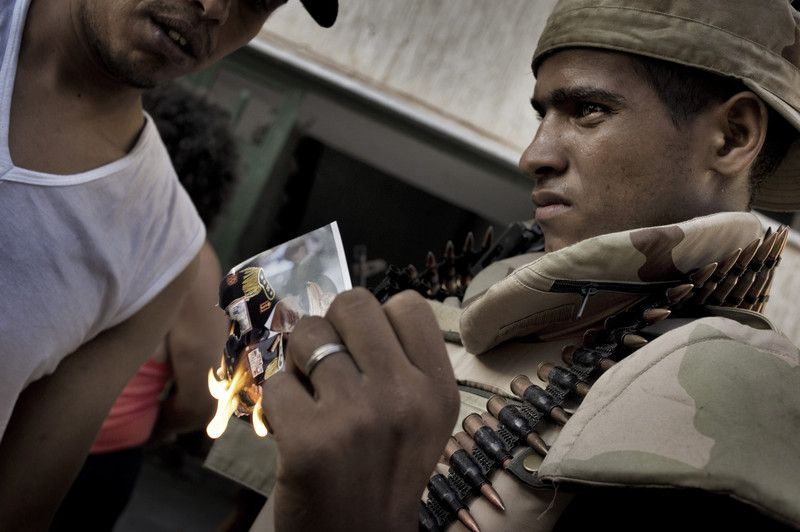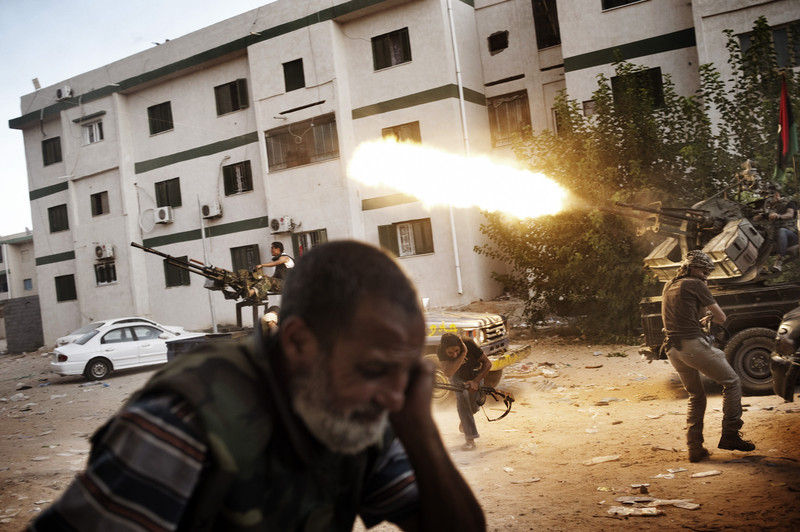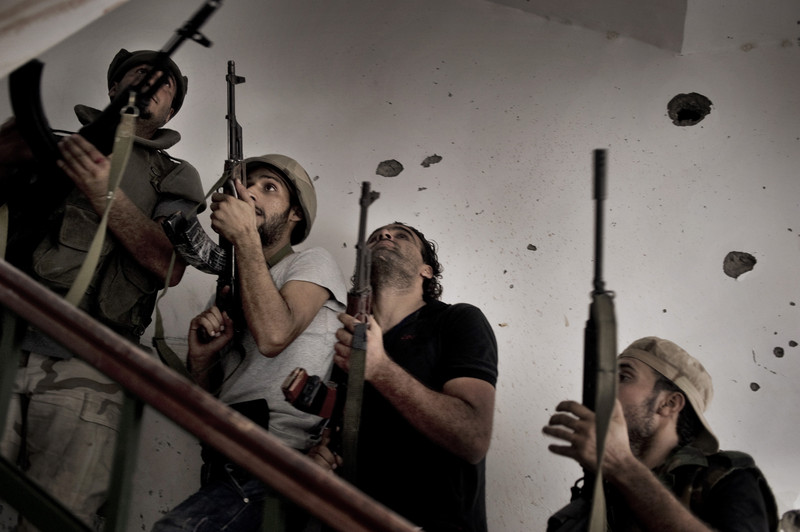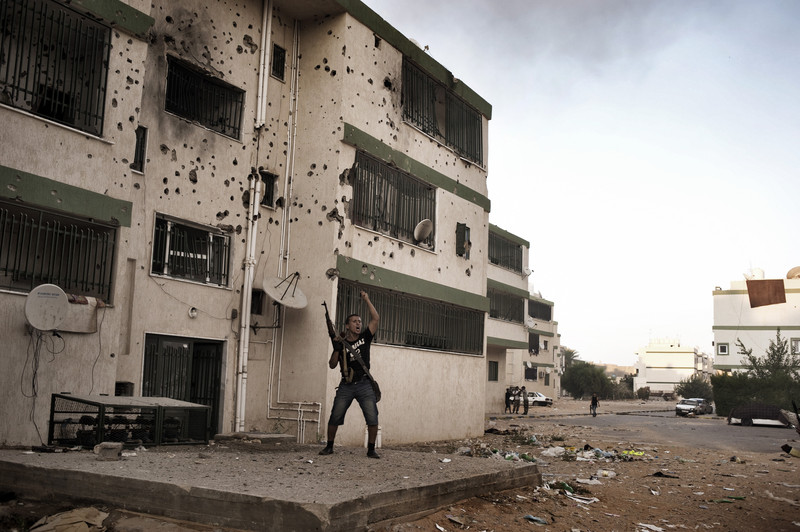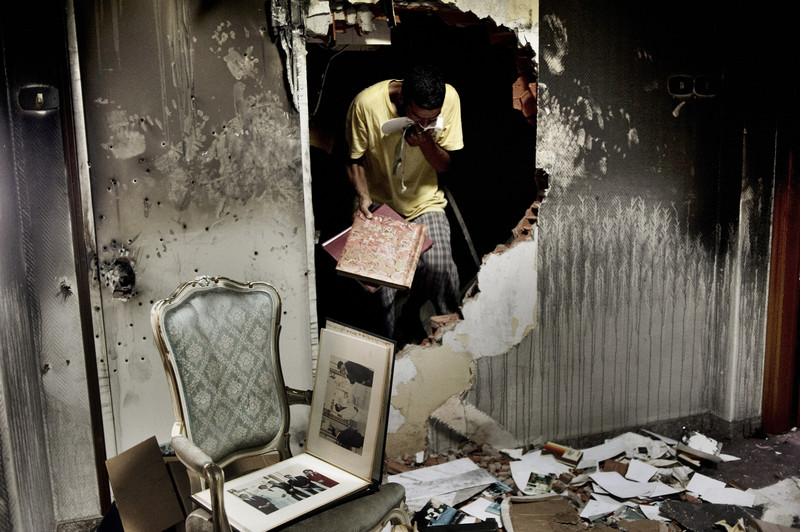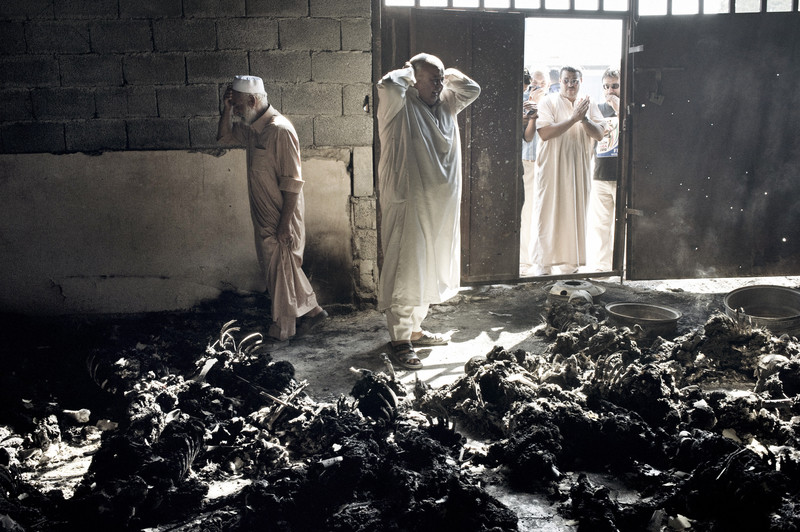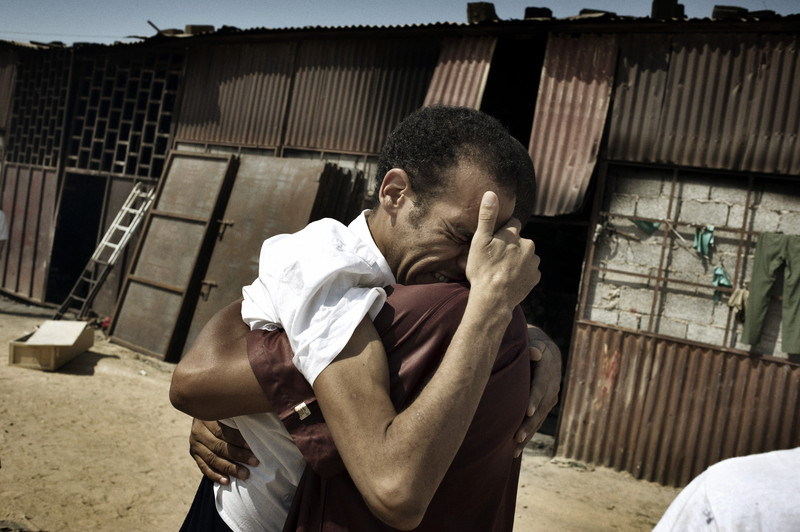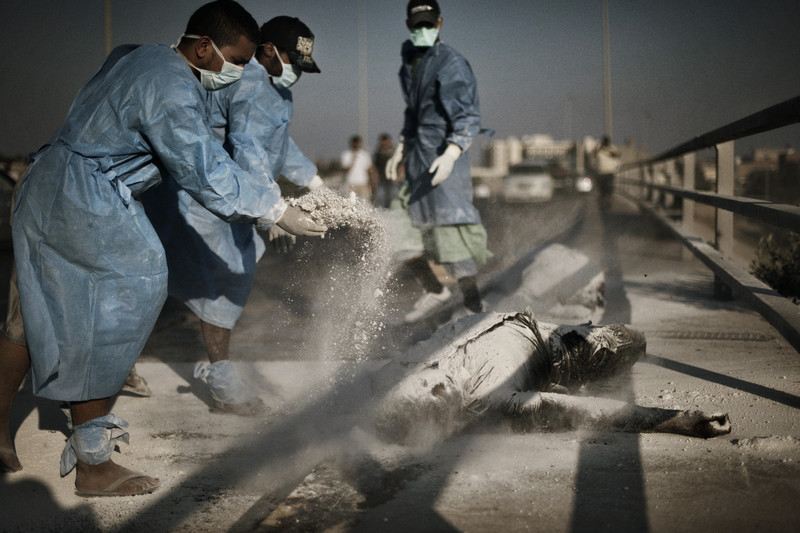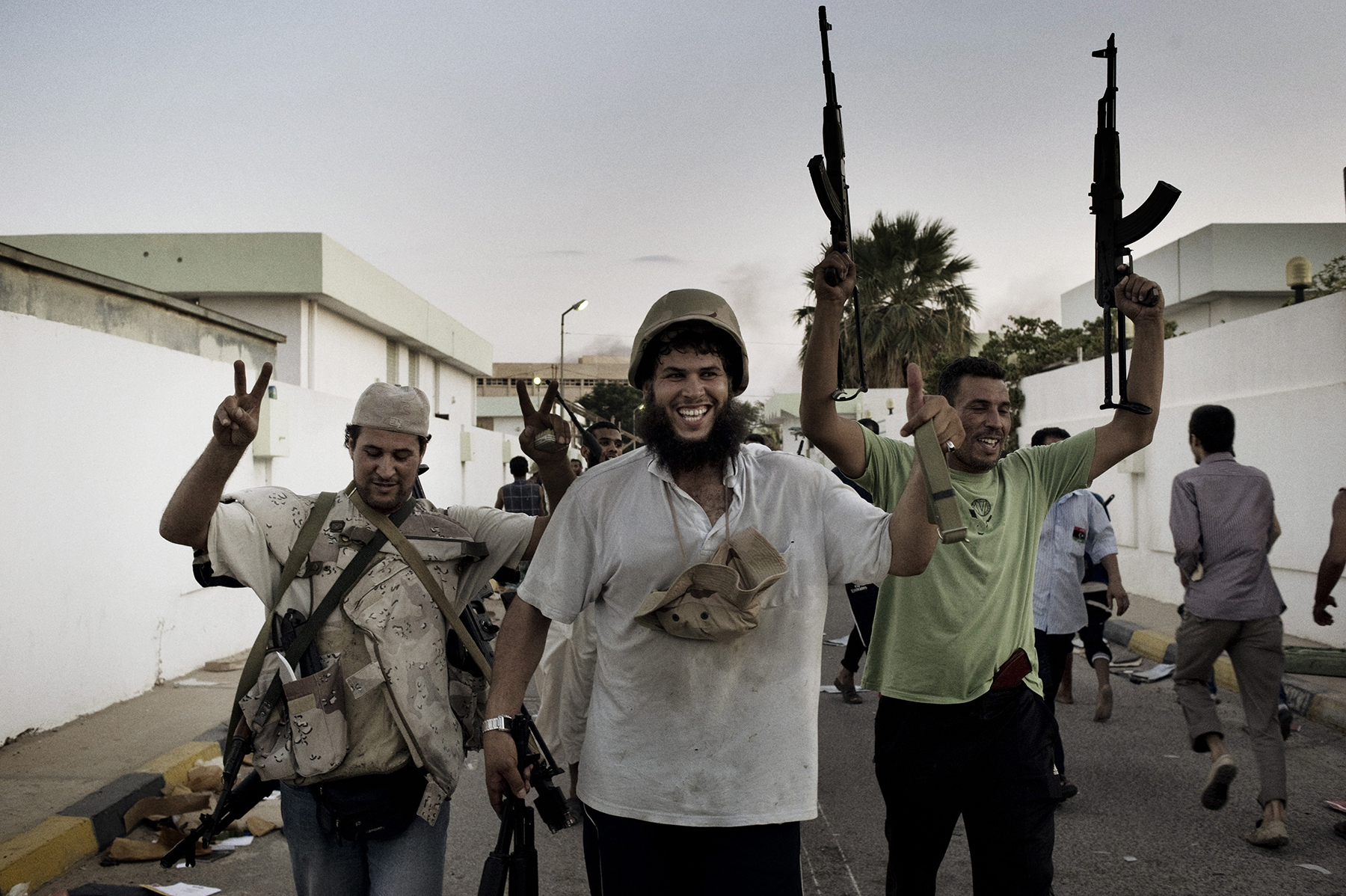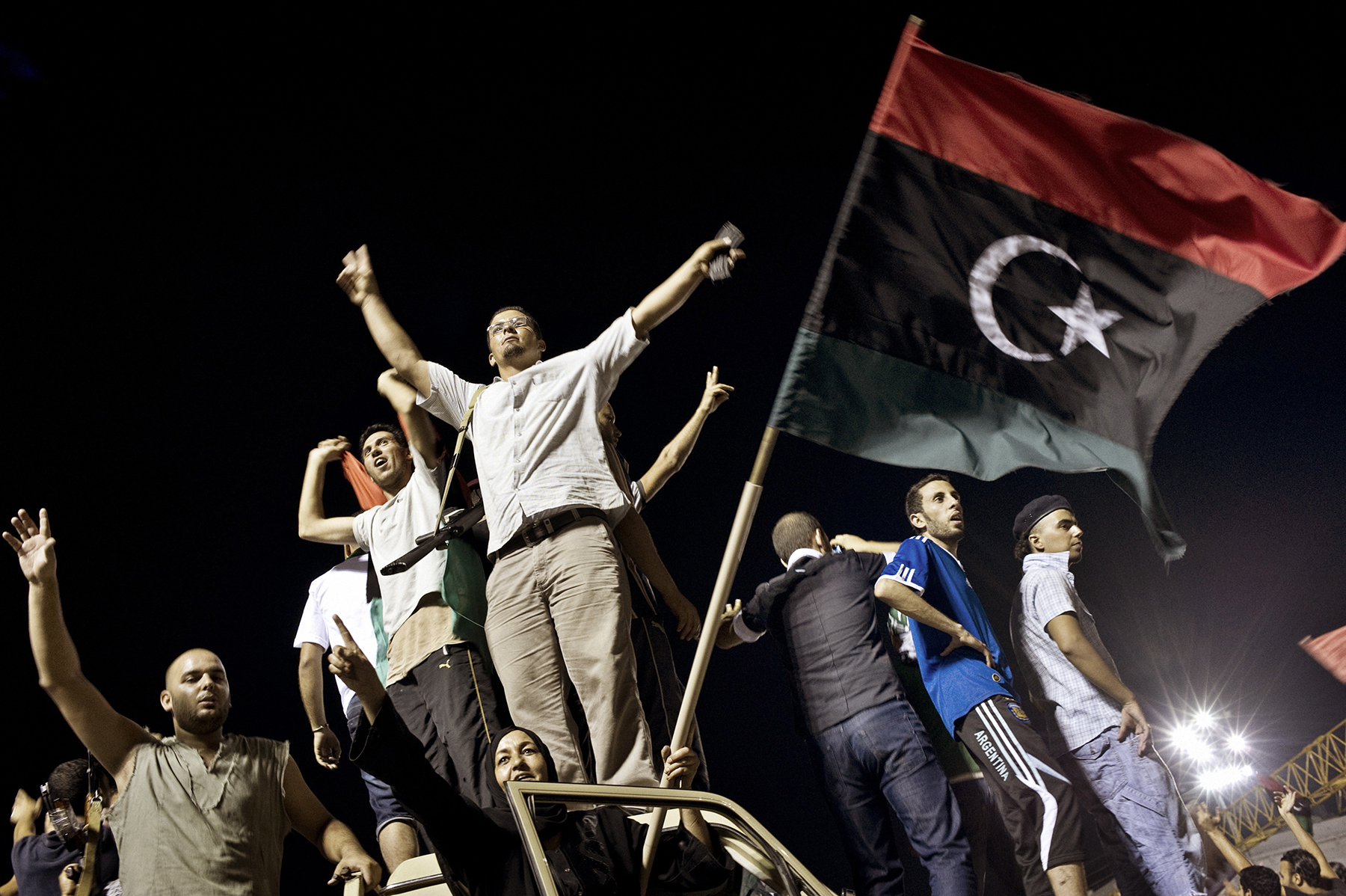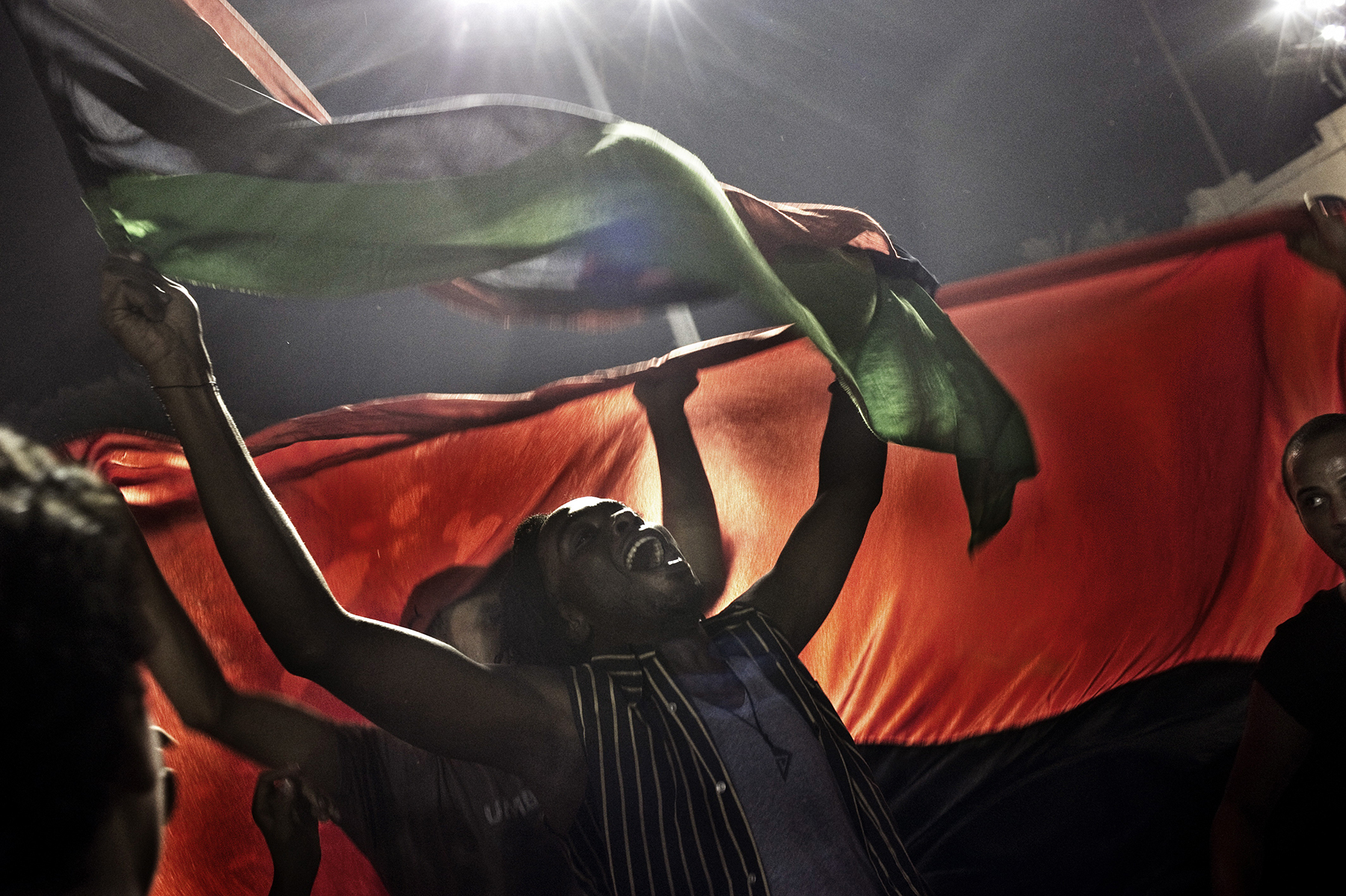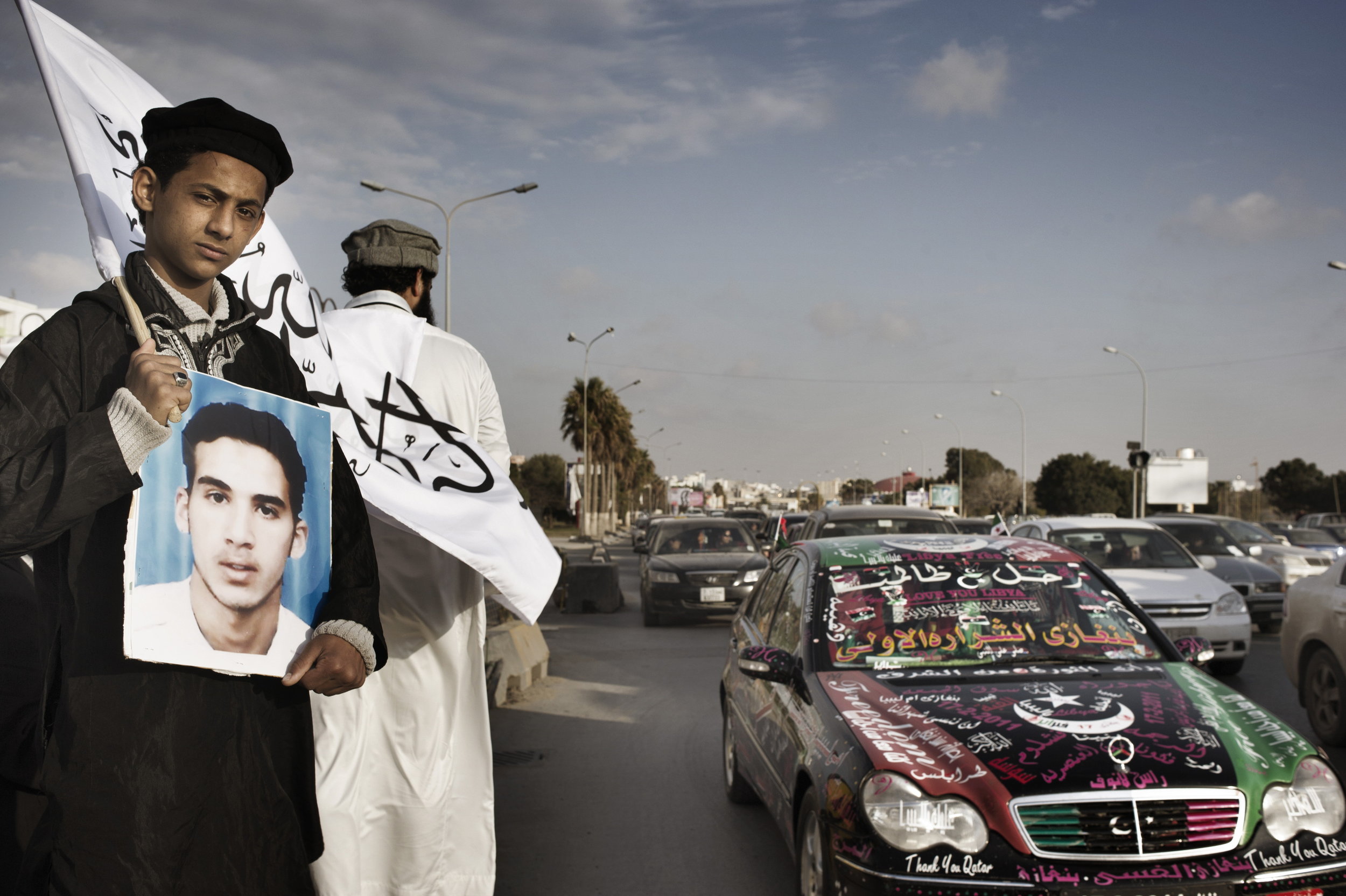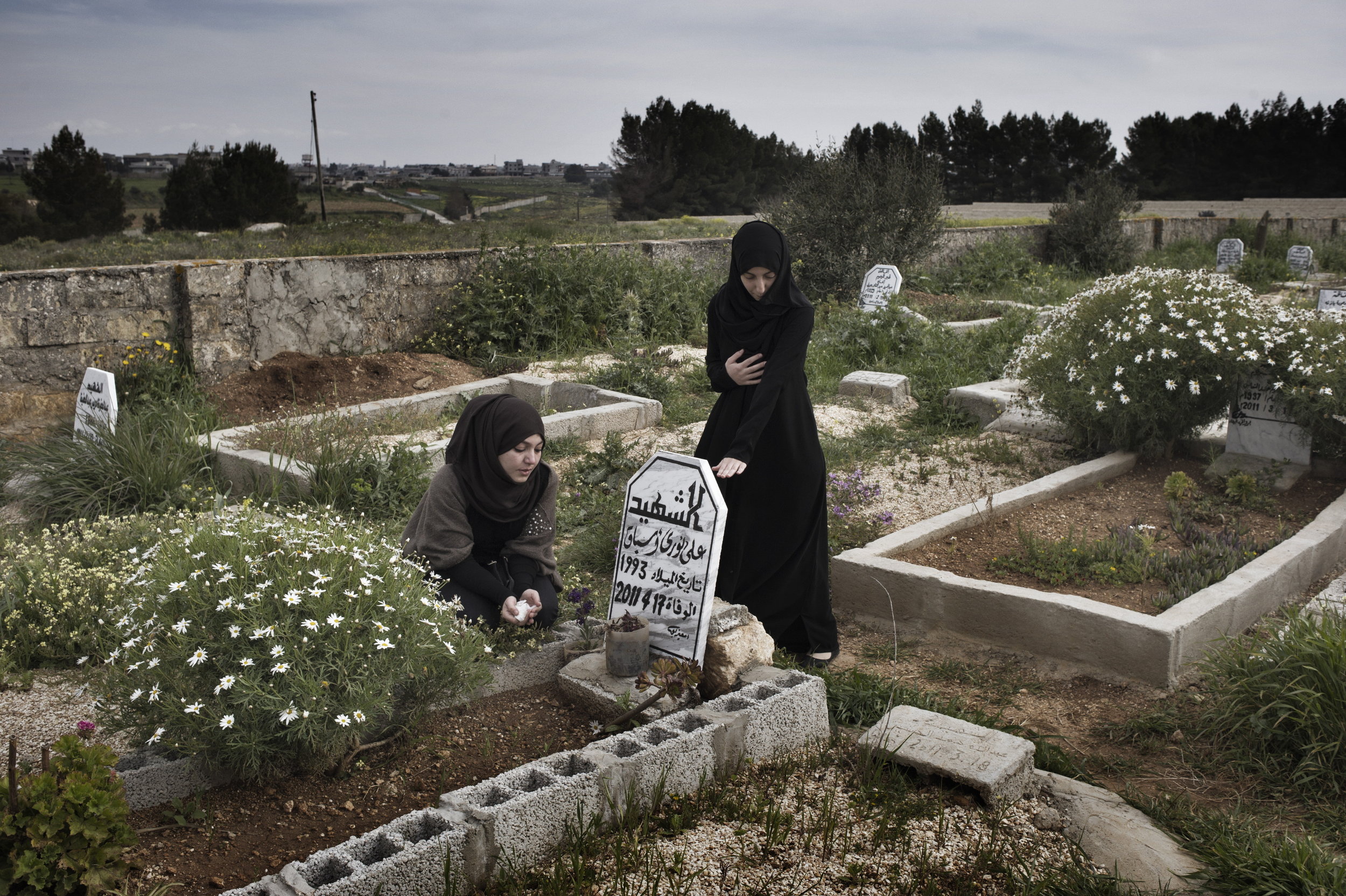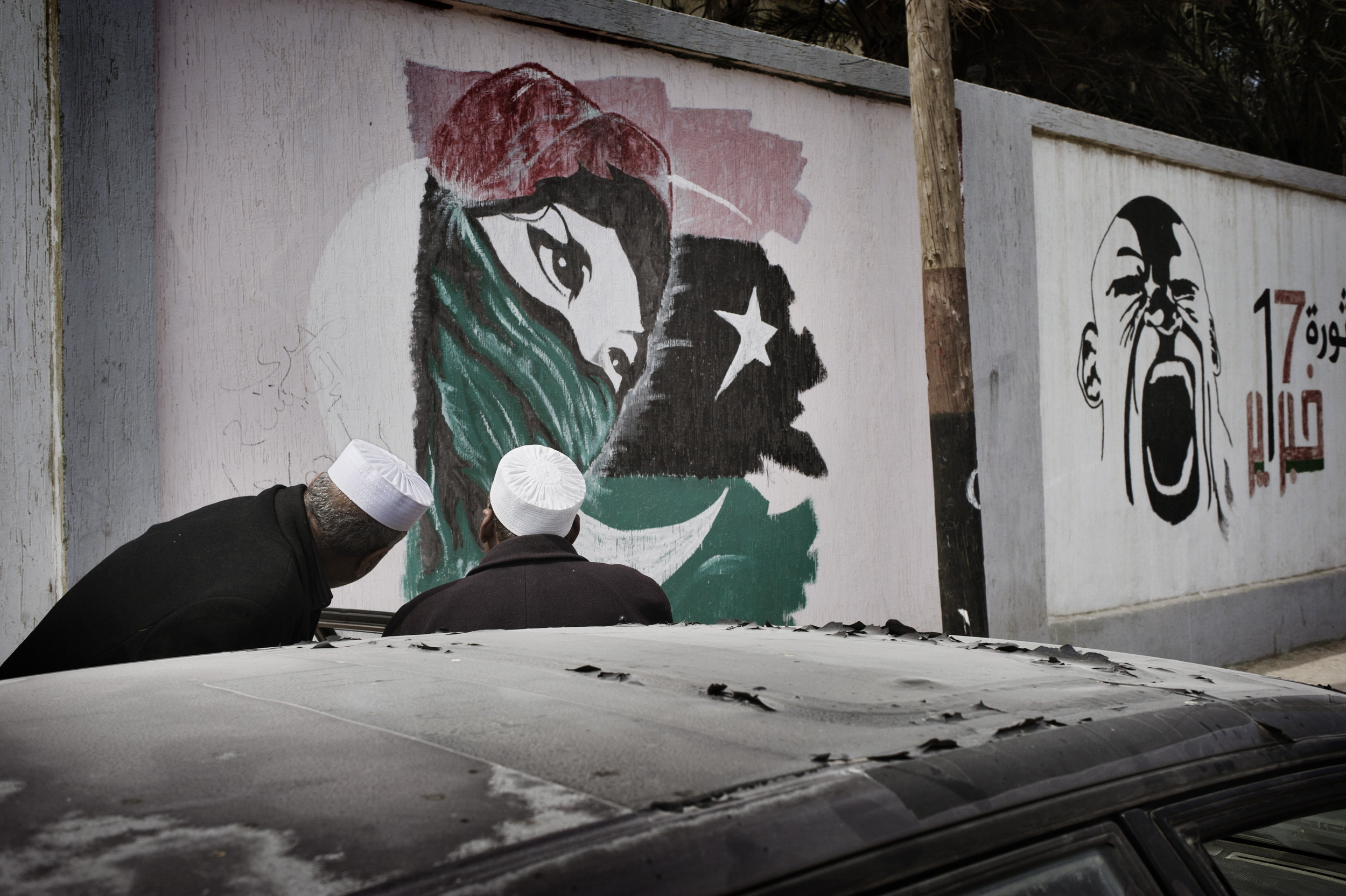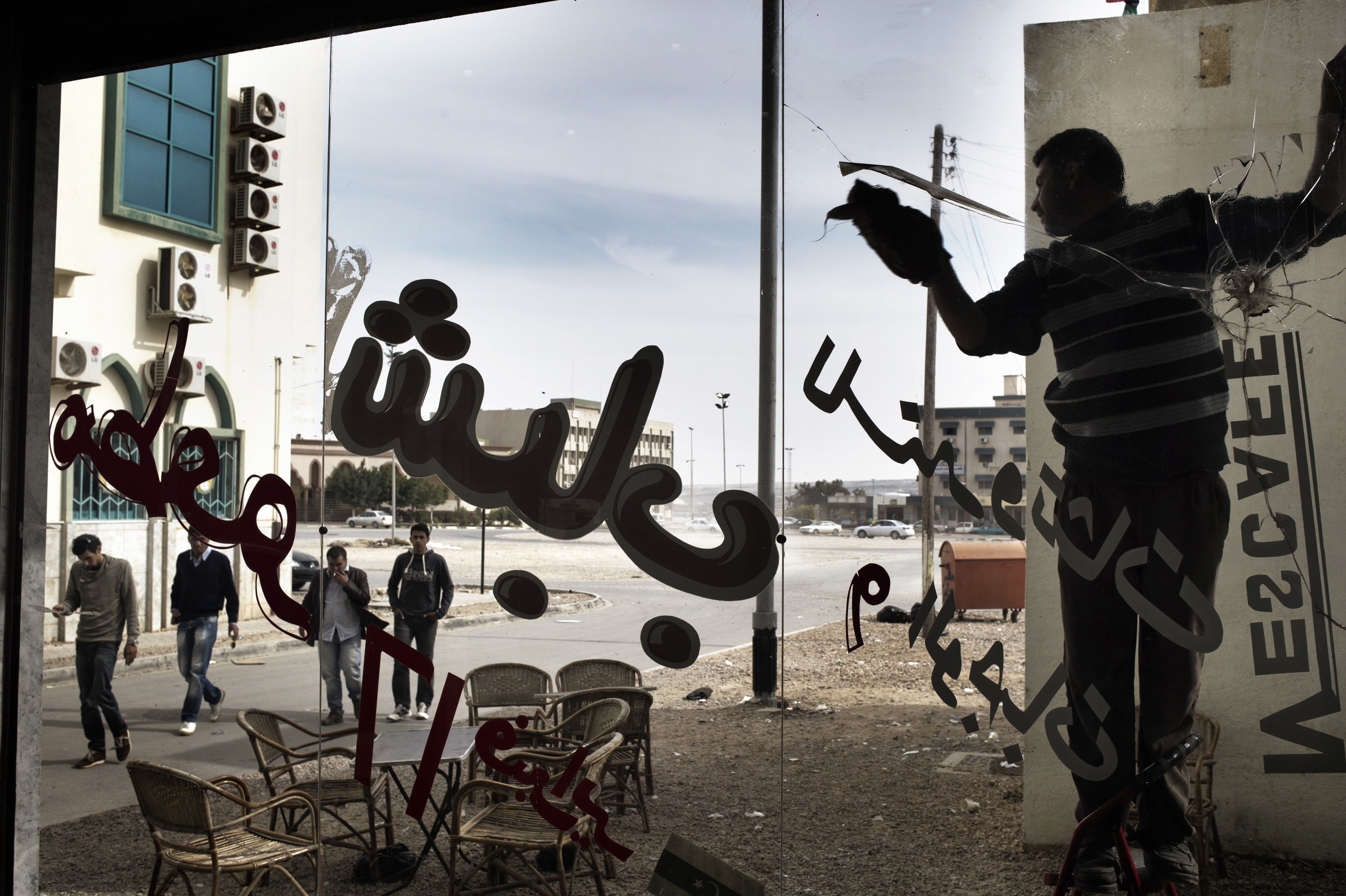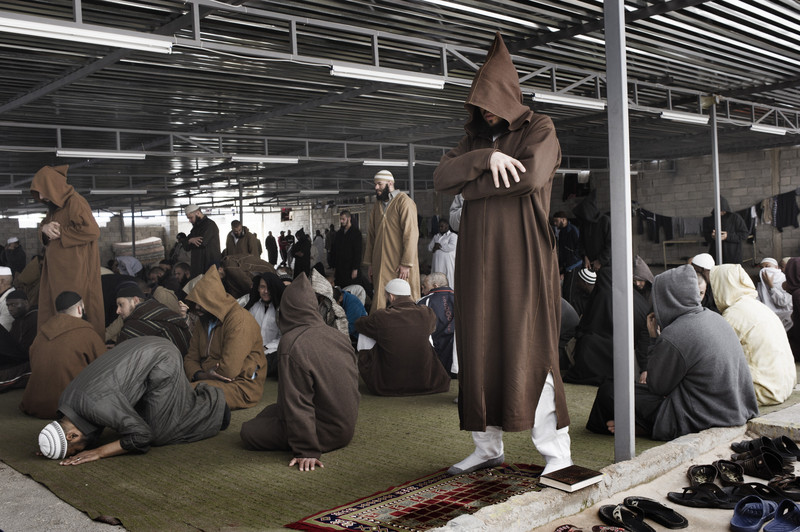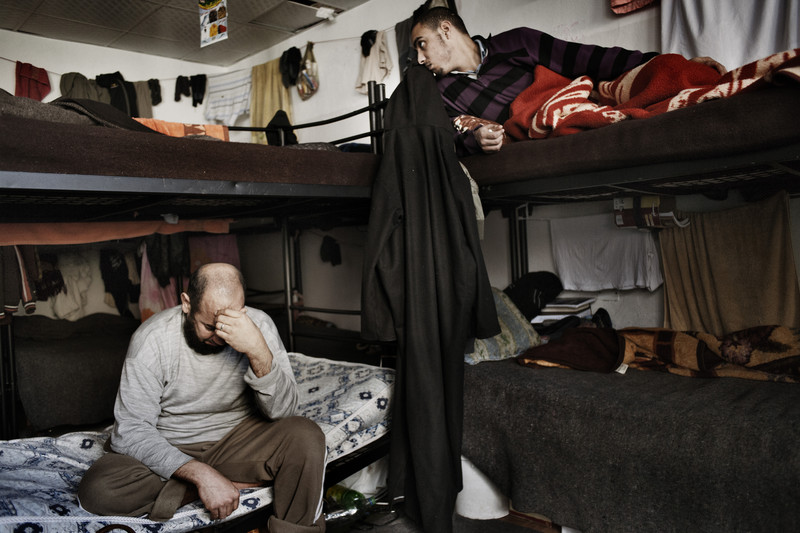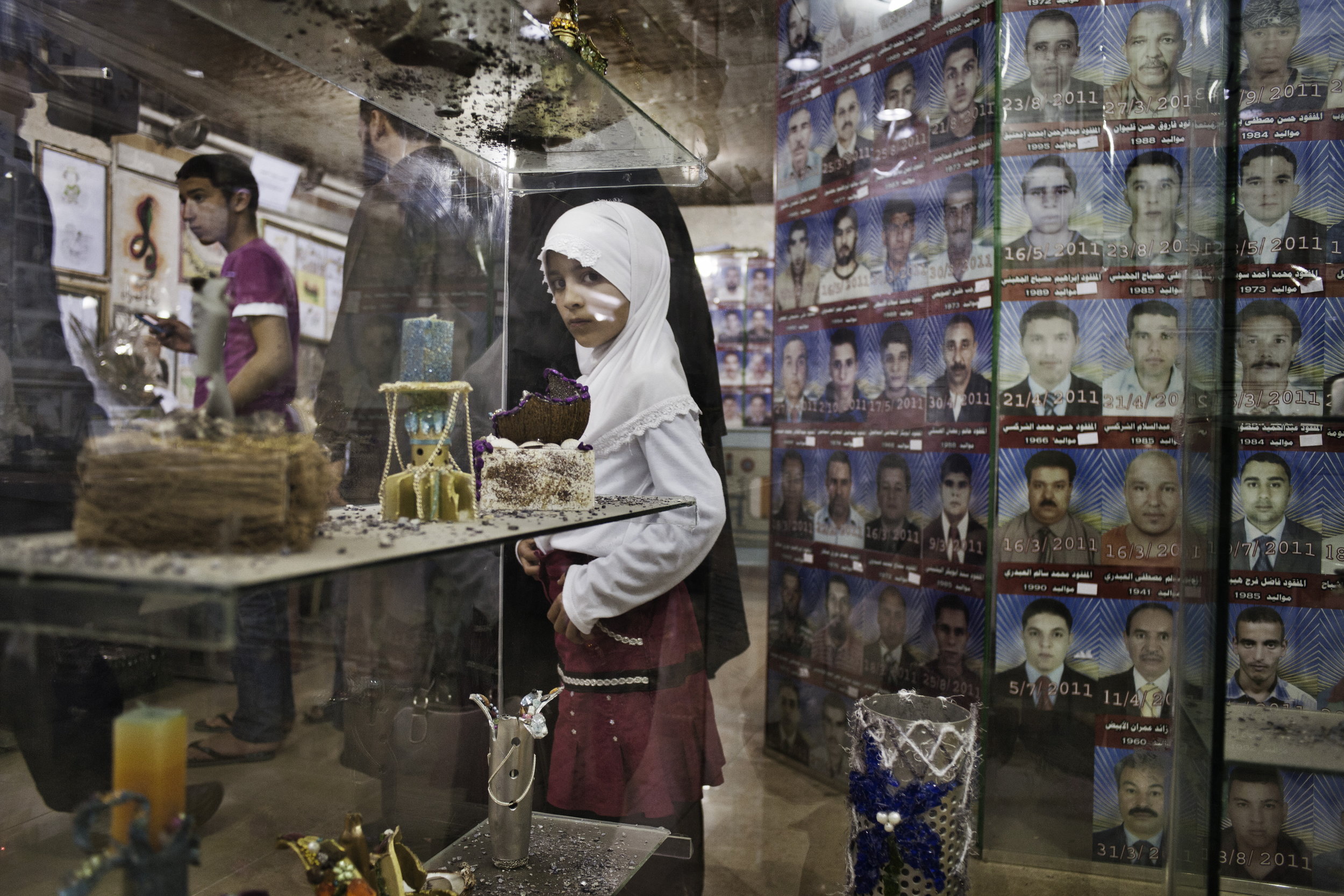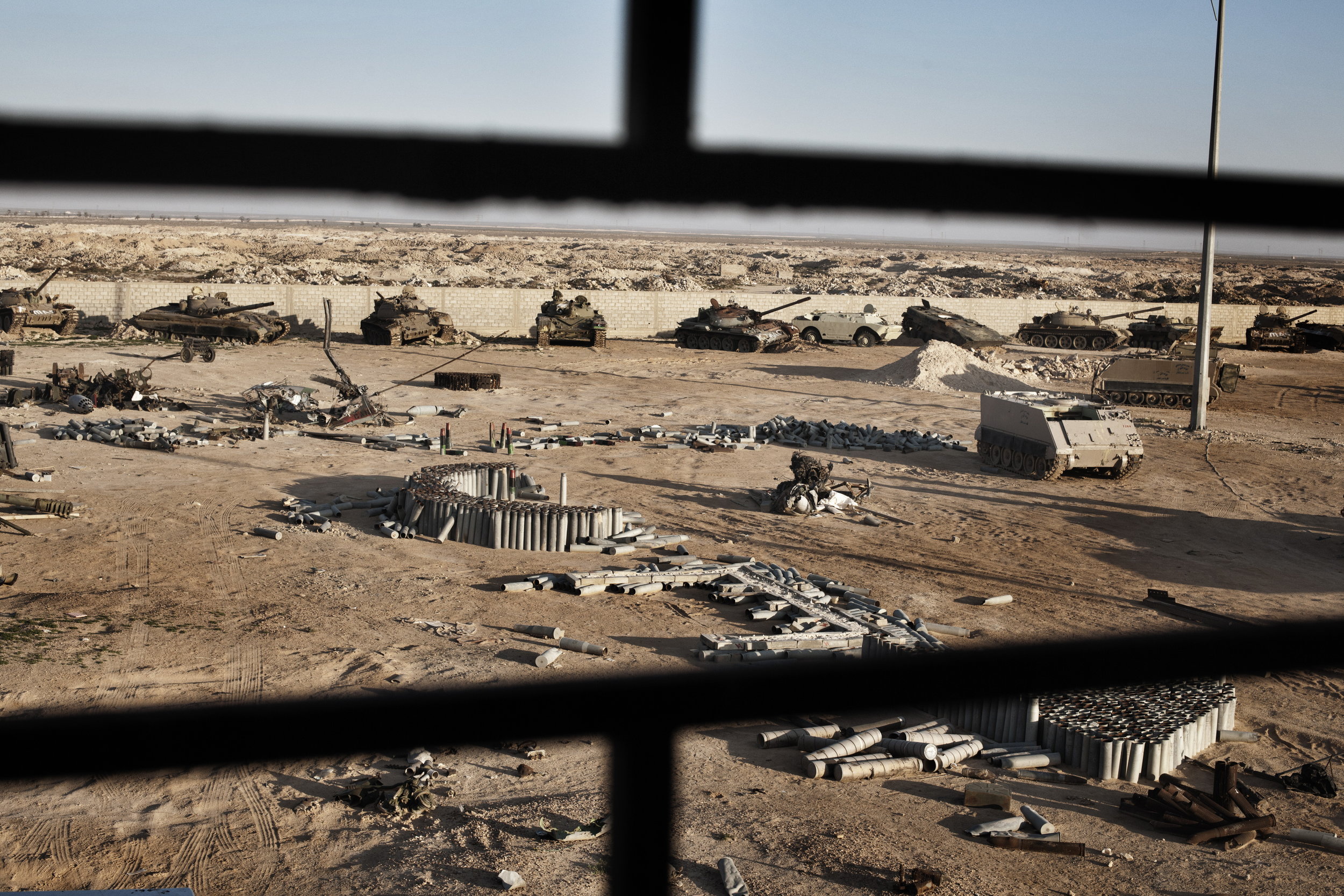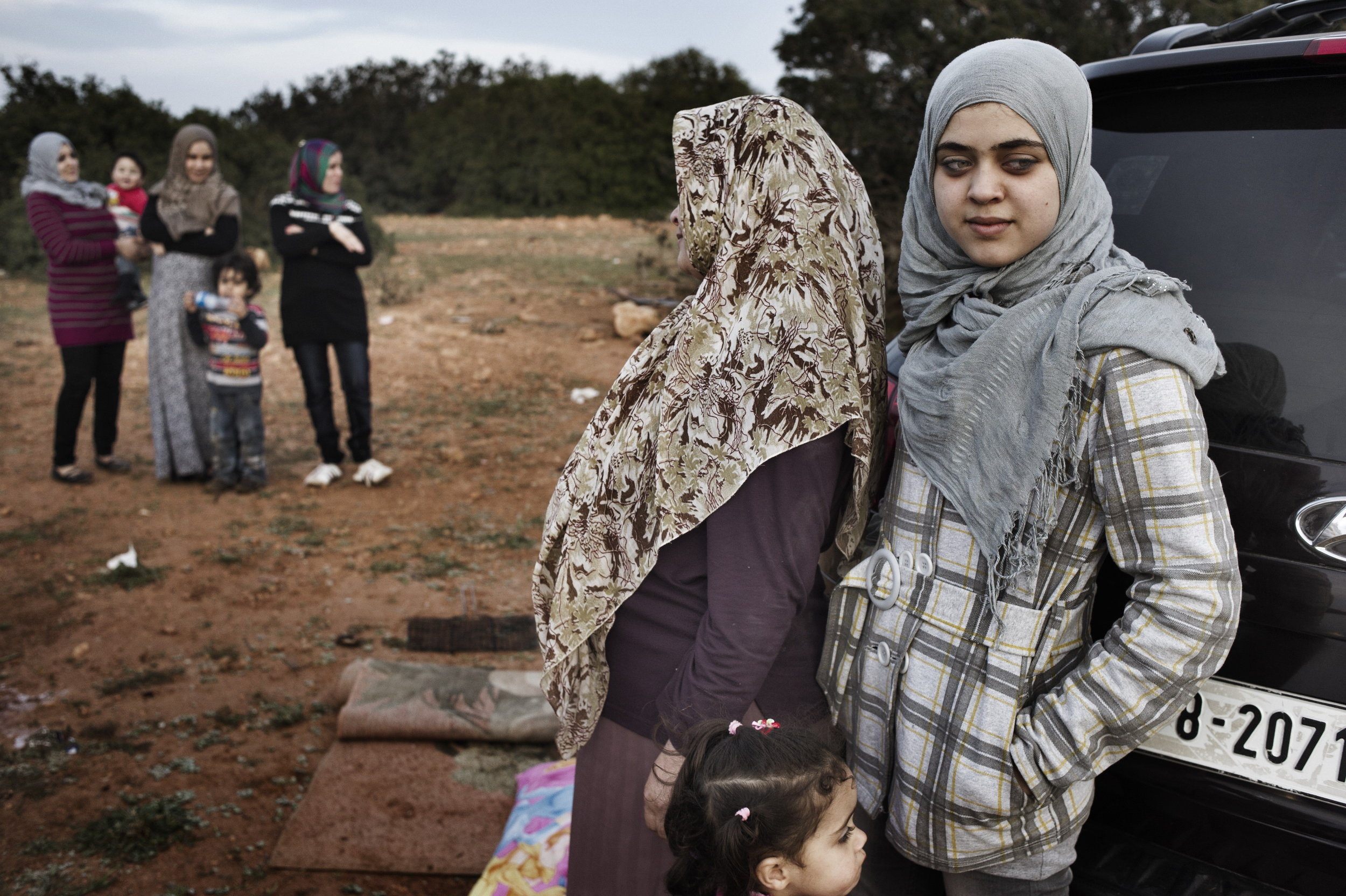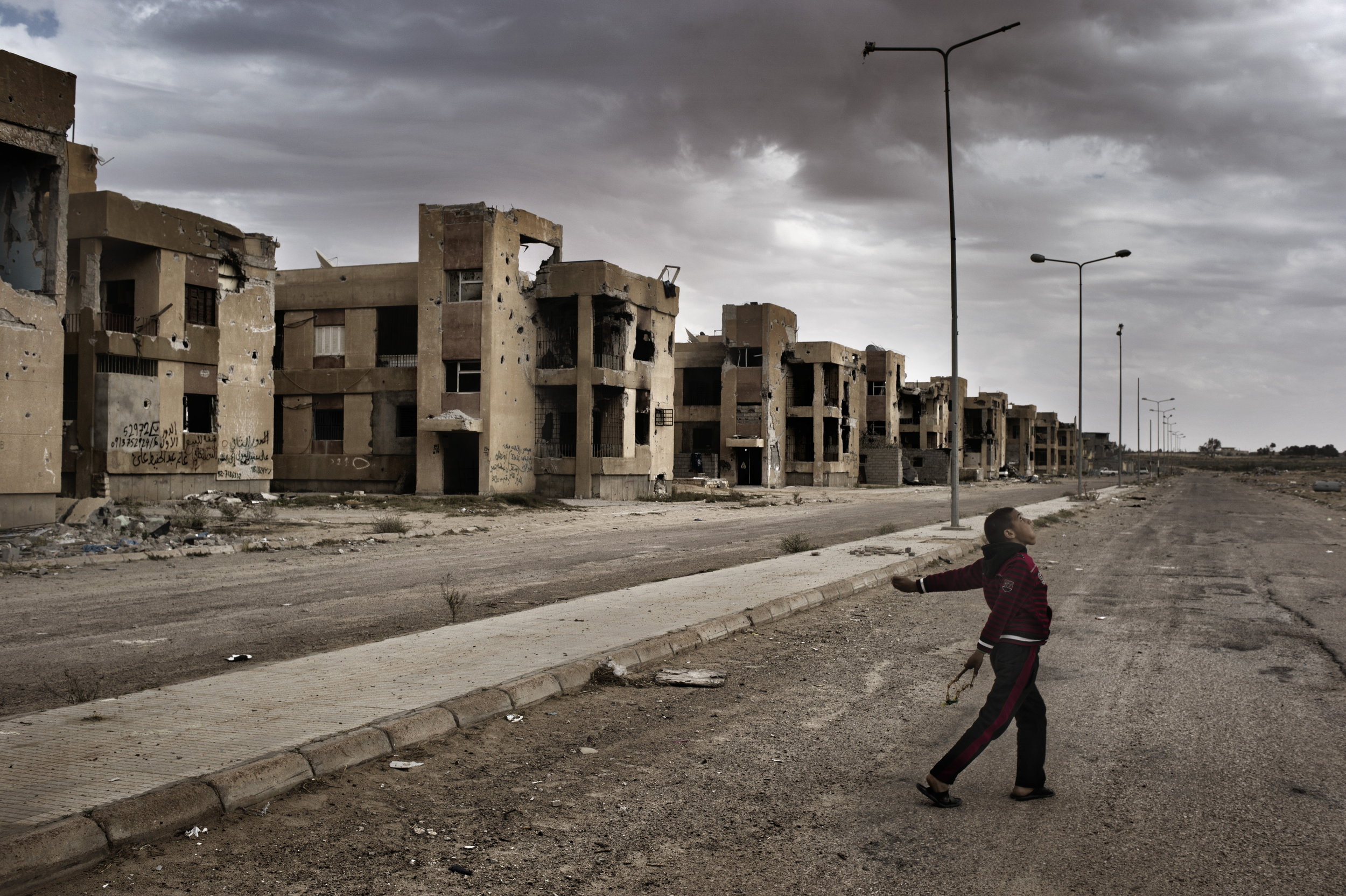On Revolution Road
by yuri kozyrev
Chapters
Call it the Jasmine Revolution, the Arab Spring or the Facebook Revolution, there was a powerful Sirocco blowing across North Africa and the Middle East.
Much of the reportage on this world-changing wind has focused on the common threads that run across the region: the youthfulness of the revolutionaries, their clever use of social media websites and their embrace (for the most part) of nonviolent protest as a political tool.
But as Yuri Kozyrev crisscrossed the region, capturing images from Libya to Egypt to Bahrain, he was just conscious of the differences encountered: the rebels in Benghazi and the protesters in Bahrain may both be fighting tyranny, but their approach and aspirations are not the same.
Yuri Kozyrev came to the conclusion that each revolution must be assessed in its own context, because each had a distinctive impact. The drama of each revolution unfolded separately. Each had its own heroes, its own crises. Each therefore demands its own narrative.
“In the end, the differences between revolutions may turn to be more important than their similarities.”
Turmoil in Tahrir Square
The protests began on January 25, a national holiday commemorating the police force, the Egyptians that took the streets in large numbers, called it "a day of rage". Thousands of demostrators gathered in Tahrir Square calling for the end of the Mubarak regime. Mybarak came into power after Egyptian President Anwar Sadat was assassinated in 1981.
The protests were well under way when Yuri Kozyrev got to Tahrir Square. This was ground zero of the Facebook revolution but it was a huge shift for thousands of young people to go from sitting comfortably in front of their computer screens to protesting in the streets.
The protestors came from every social and sectarian group - rich and poor, Copt and Muslim - and stayed together day and night, singing the same songs, chanting the same slogans.
"This is the real Egypt," people told to Yuri again and again. The anti-government protestors were incredibly accommodating to the journalists: they wanted to get their story out. On the February, 11, 2011 Vice President Omar Suleiman announced Hosni Mubarak's resignation who has left Cairo for his home in the Egyptian resort town of Sharm el-Sheik. More than 384 were killed and 6,467 injured during 18-days of protest.
Egypt's revolutionary coup
Supporters of ousted President Mohammed Morsi protest in Nasr City.
On July 3rd 2013 the Egyptian military, backed by crowds in Tahrir Square, removed Mohamed Morsi, the nation’s first democratically elected president, from power.
On July 5th 2013 rival crowds of protesters hurled rocks, missiles, Molotov cocktails and fireworks at each other in Tahrir Square, the spiritual center of Egypt’s 2011 revolution, and on the 6th October Bridge. Half dozen armoured vehicles full of soldiers with shotguns and tear gas deployed on the bridge and headed toward the pro-Morsi crowd, firing their weapons.
The crisis in Egypt shows no sign of abating. Hundreds of people have died since the coup, a definition its supporters resist, Morsi is in detention, the constitution is suspended and demonstrators keep filling the streets.
Egypt's second revolution
On the verge of parliamentary elections, rocks, teargas, firebombs and gunfire darkened the streets in central Cairo, a battle zone as hard-core protesters demanding an immediate end to army rule fought riot police around government buildings close to Tahrir Square.
After six days of violence that killed more than thirty people and four days before voting for parliament begins, there was no sign of an end to the confrontation between Egypt’s military rulers and liberals keen to complete a revolt that ousted Hosni Mubarak in February by installing an interim civilian administration.
Dispatch from Yemen
In May 2011, Yuri Kozyrev travelled once again to Yemen after his previous visit in December 2010.
Men and women, old and young, civil society activist and tribal leaders, northerners and southerners, secularists and Islamists all came together in a campaign to get rid of current president Abdullah Saleh who has ruled them for three decades. His 33 year reign and anti-goverment demonstrations had left the country and capital Sana’a shattered. On Friday 3 June President Abdullah Saleh left the country for Saudia Arabia after being wounded in an attack on his palace.
Dispatch from Libya
When the uprising started in Libya in February 2011, very few Western journalists had spent any quality time in it, so we were all going into Libya blind. The journalists had no idea what they were going to deal with.
When Yuri Kozyrev arrived in Benghazi, there was a sense of triumph in the air. People felt liberated, and everyone was flashing the victory sign.
This was not a Facebook Revolution, and there was no central gathering point: no Tahrir Square or Pearl Roundabout. On the other hand, unlike Egypt and Bahrain, there was total freedom of movement. Usually, when you go to a war zone, there are a lot of difficulties in reaching the fighting. In Libya, you have total access to the war, from the rebels’ side: how far you want to go depends entirely on you.
“Courage and optimism: those are the qualities the Sirocco carries with it, all the way across North Africa and Middle East”
It was immediately clear that the rebels lacked experience and discipline, which meant it would be very hard for them to topple Gaddafi. None of the fighters had anticipated that this was going to become a war, finding themselves at the receiving end of the tyrant’s tanks and artillery.
Clueless as the rebels seemed, it was hard not to admire their raw fearlessnes and enthusiam: they never stopped believing that, with a little outside help, they would overthlow Gaddafi.
The Battle for Tripoli
The images, taken right after the Libyan rebels entered Tripoli August record the fall of Muammar al-Gaddafi and his regime, and the ongoing battle for control of the city.
Not far from Col. Muammar Gaddafi's fortified Bab al-Aziziya compound, Abu Slim has long been a Gaddafi stronghold; populated by government officials, military officers, and regime supporters. And so far it has proven to be one of the most hostile Tripoli neighborhoods to rebel advancements.
After six months of gruesome - yet often unmoving - front lines, the rebel victory in the Libyan capital had come swiftly just days before, as multiple fronts of rebel fighters pushed into Tripoli in a coordinated operation.
Libya: after the revolution
The last time Yuri Kozyrev was in Libya, he was covering the fall of Tripoli to Libyan rebel forces, near the end of an eight-month civil war. Eight months after Gaddafi was captured and killed – four months after the official end of the war – he returned to Libya. This time, he didn’t sneak across any borders, nor did we duck from any bullets. He flew into a calm and functioning Benghazi airport, surrounded by flower bushes.
Libya is not as we left it. Driving across the country, we visited old friends and new acquaintances. We discovered they had a new set of politics as well: after decades of dictatorship, they were already fed up with the transitional government and they wanted to see Libya divided into states.
We met rebels we used to know—men who could now be called militia members. They had retained their weapons and their autonomy. The people who defeated the old system may be the biggest threat to stability in the new one. In Misrata, a militia leader named Mohamed Shami took us to the city’s largest prison. There, the men who used to be winners are now the captives. Their overlords are the rebels they once fought and repressed.
“There is no justice in the new Libya—but the former rebels are quick to note: there wasn’t much justice in the old Libya either. ”
There is no justice in the new Libya—but the former rebels are quick to note: there wasn’t much justice in the old Libya either. The prisoners are awaiting trials. Some have been waiting a year. But in the mean time, the conditions aren’t so bad, the militias say—at least torture isn’t as rampant as it was under Gaddafi.
We got the feeling, as we moved from town to town, that the country was in the midst of a great, collective exhale: that Libyan journalists and politicians were just starting to find their footing on new and unfamiliar turf; that families were lifting their heads from beneath the rubble to take a look around; that, despite all the guns in the hands of lawless militias, people were at least shooting at each other less often.
Some people wanted revenge; others had already taken it. A lot of people were angry that the money wasn’t flowing fast enough and that they were compelled to rebuild their war-ravaged homes and businesses with money from their own pockets.
But we didn’t find the same despair that had filled the eyes of the young men we encountered in blood-spattered field hospitals just months before. Museums have been erected to commemorate the battles fought and the martyrs lost. Schools are back in session—even the shell-shocked ones. Hundreds of former rebels are training to join the new national army. Old friends are now talking about tourism and business.
We heard women discussing women’s rights and lecturing men on politics—a newfound agency that they’ve capitalized on since the revolution. Where the weak transitional government is failing, ordinary citizens are helping one another rebuild. Young people are getting creative. And the most marvelous thing we found as we traveled was optimism; optimism of the wild, determined sort. Libya is set to hold its first democratic election in June. No one knows how many bumps lie in the road up ahead. But despite all those challenges, and the years of heartbreak behind them, the Libyans we met on our road trip seemed hopeful.


